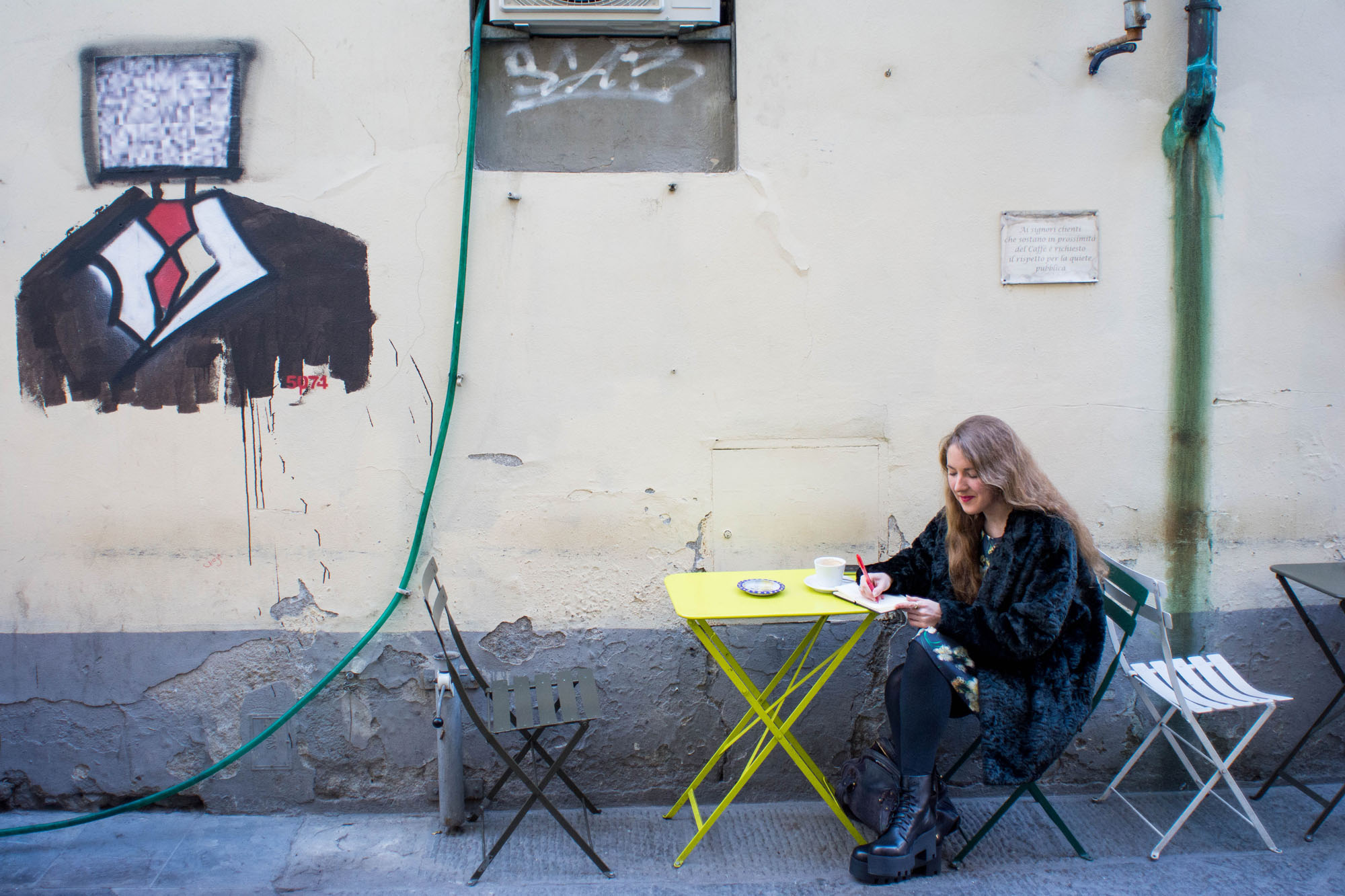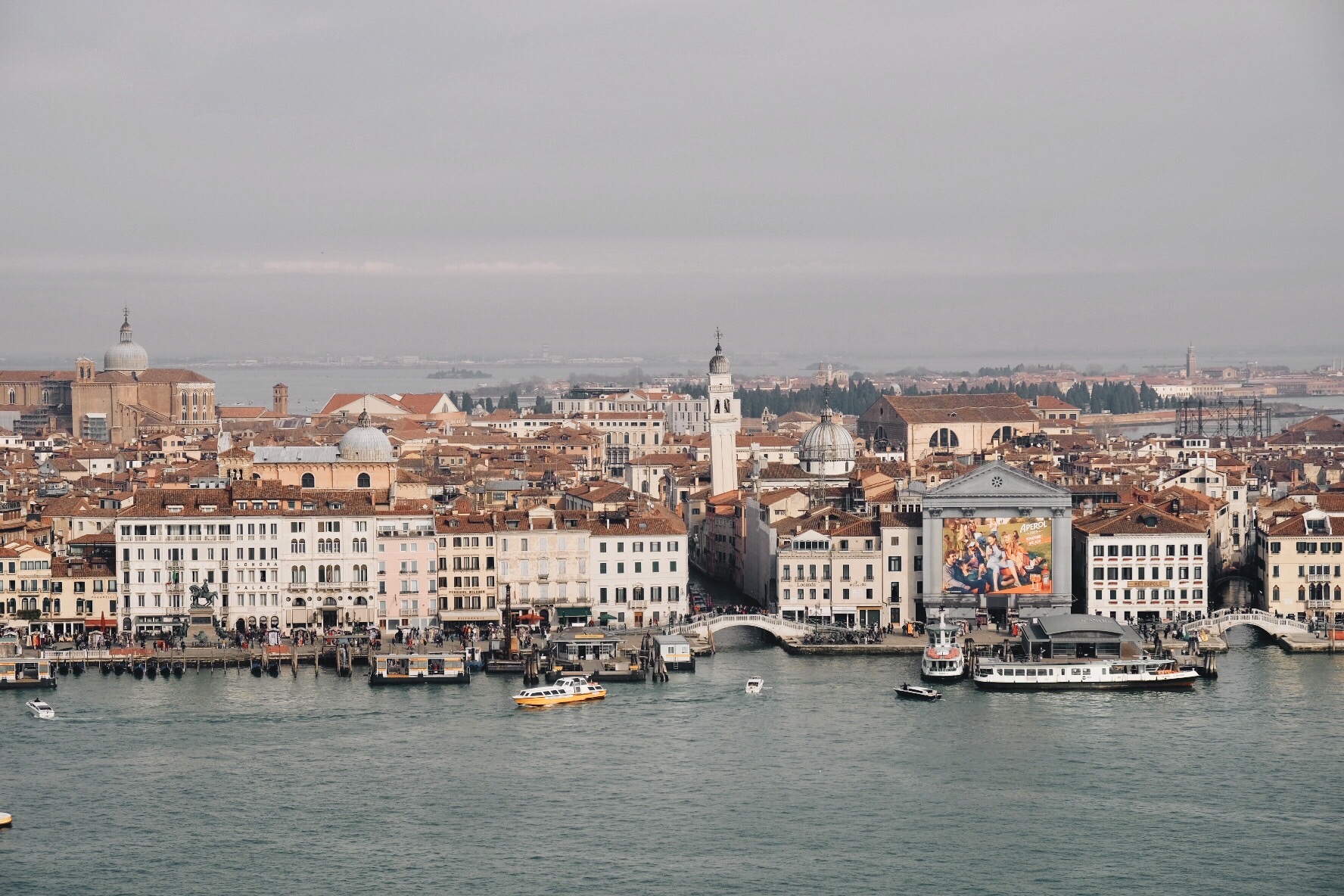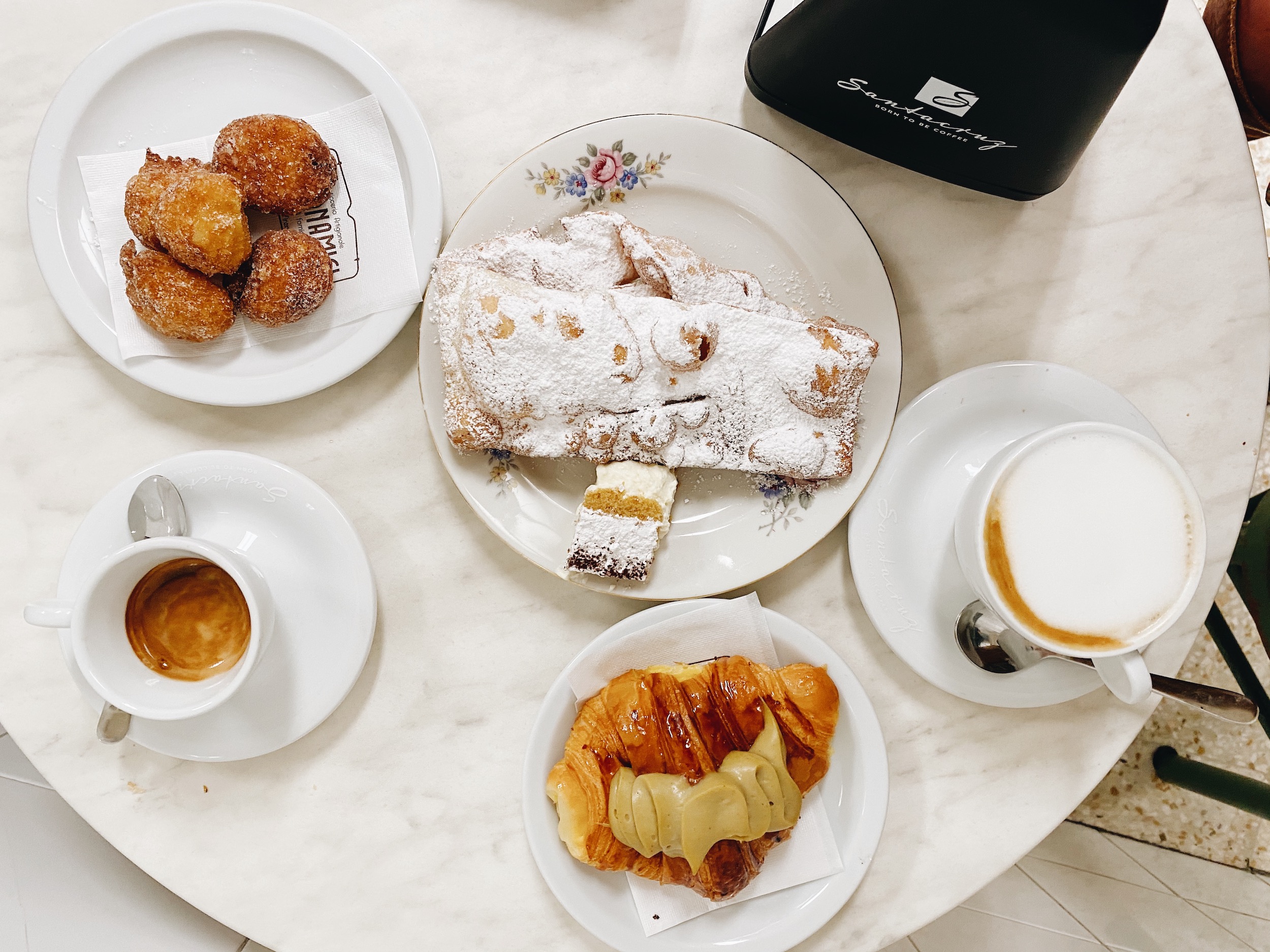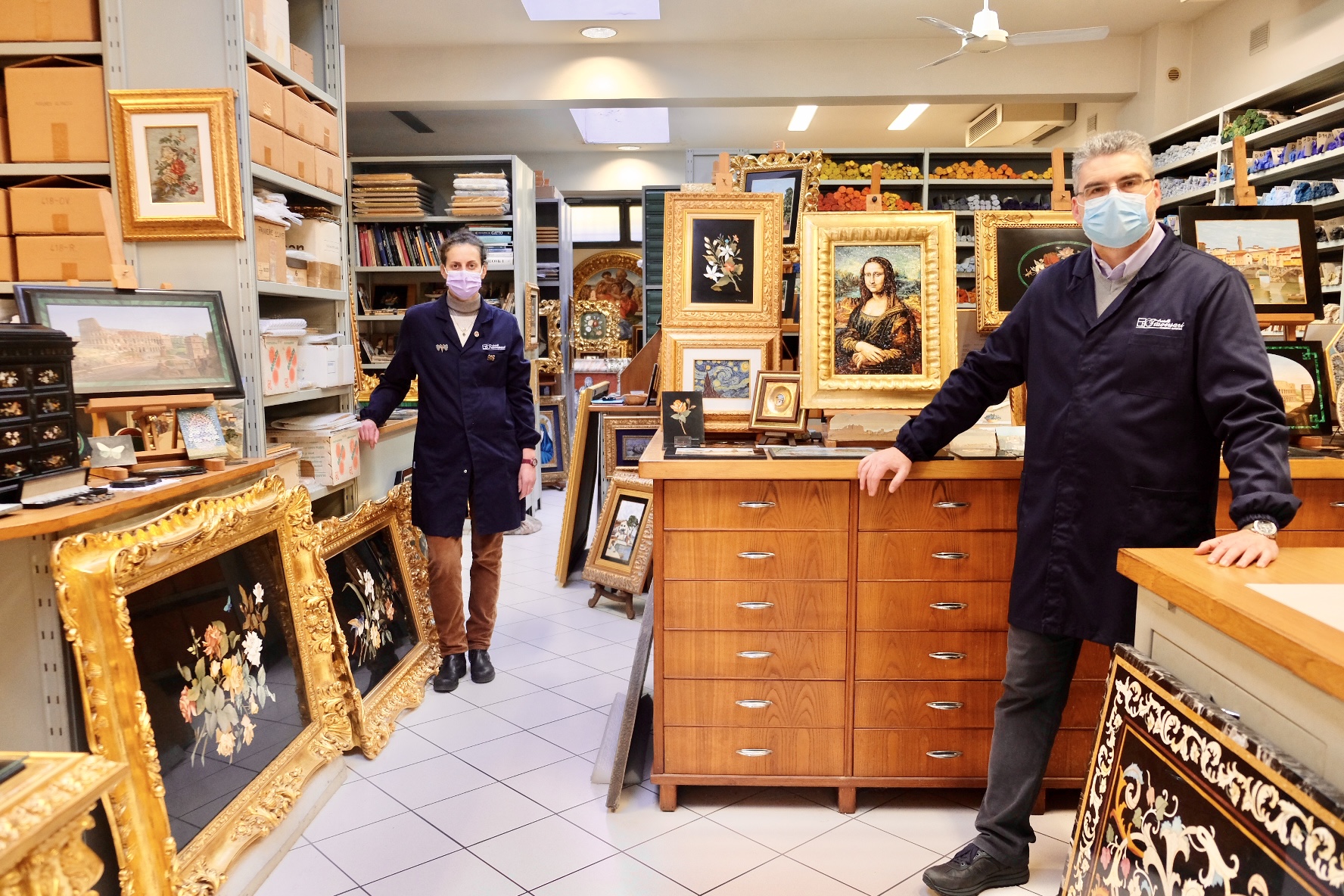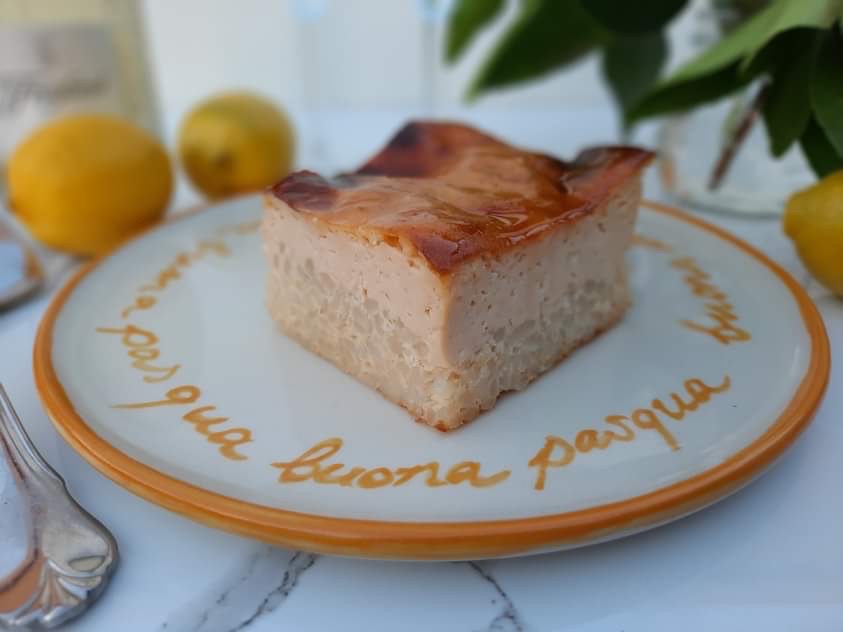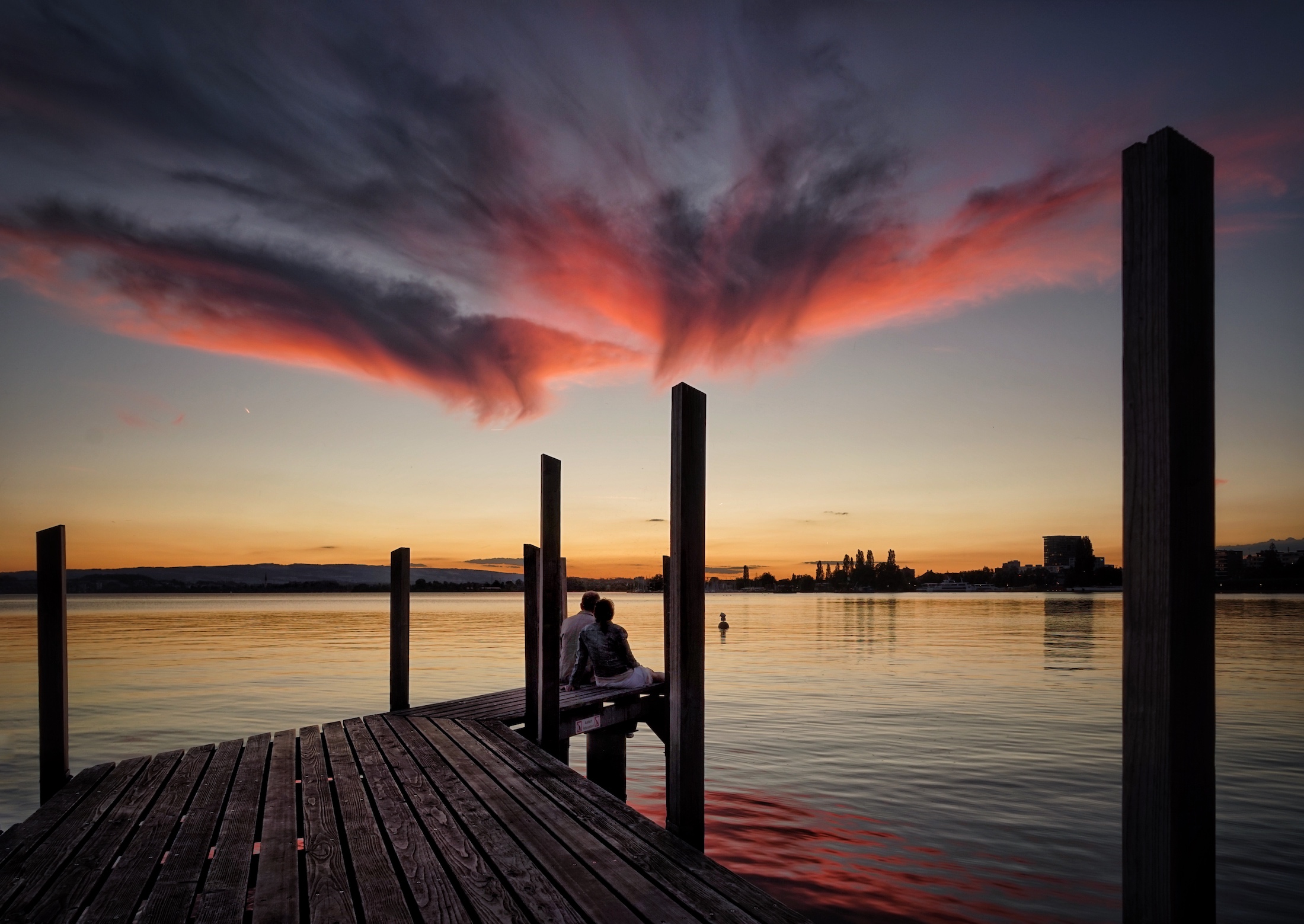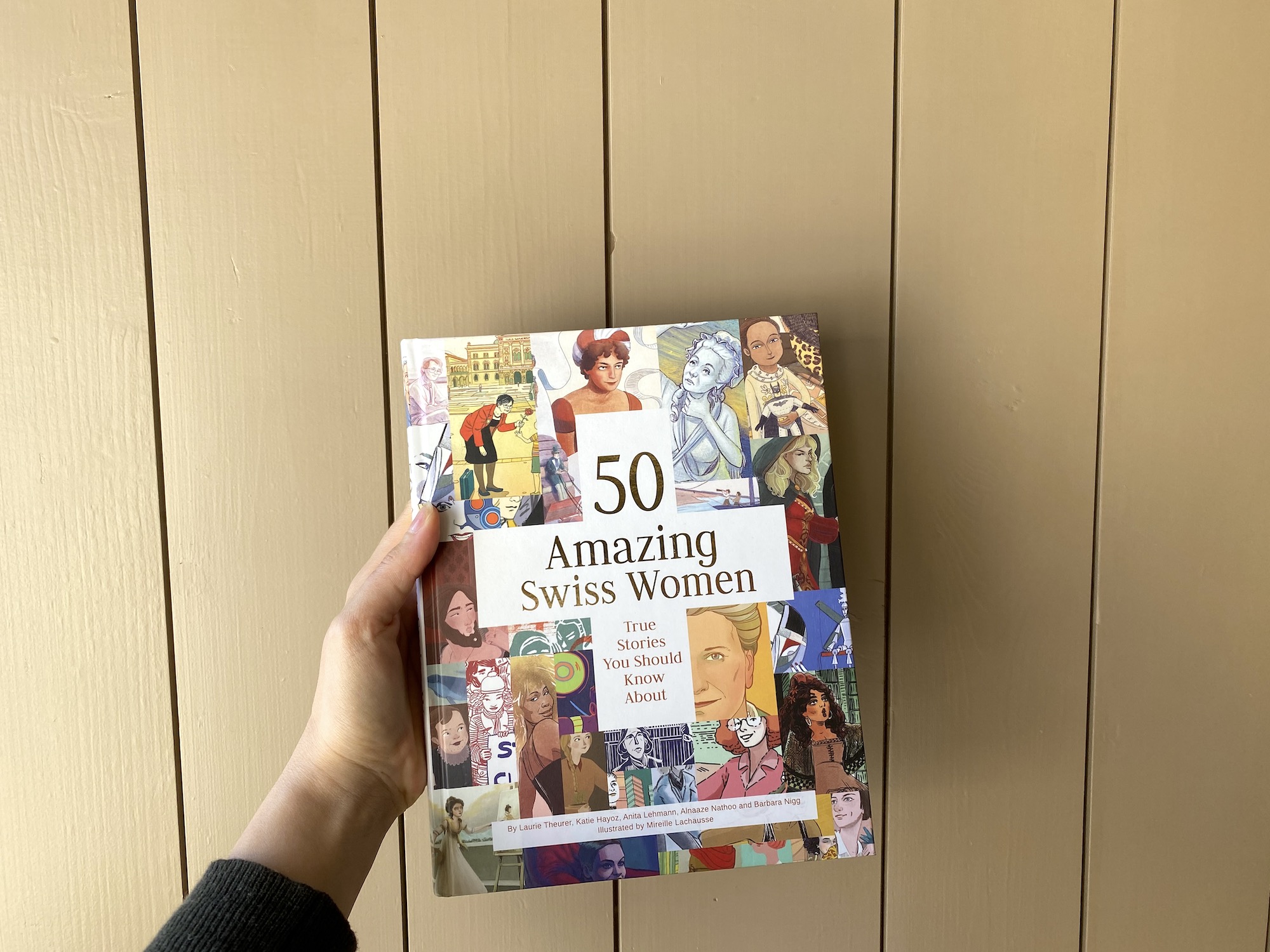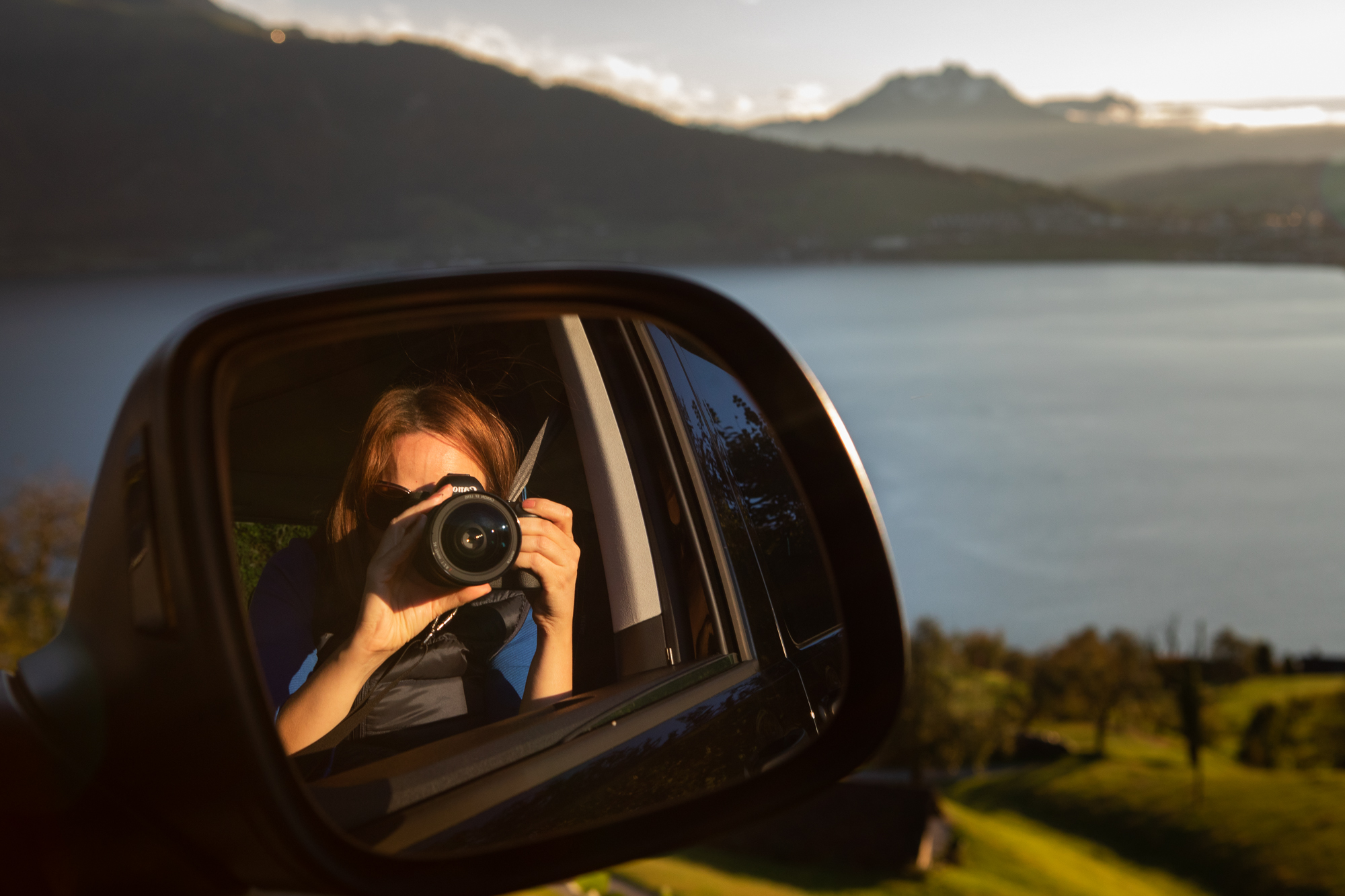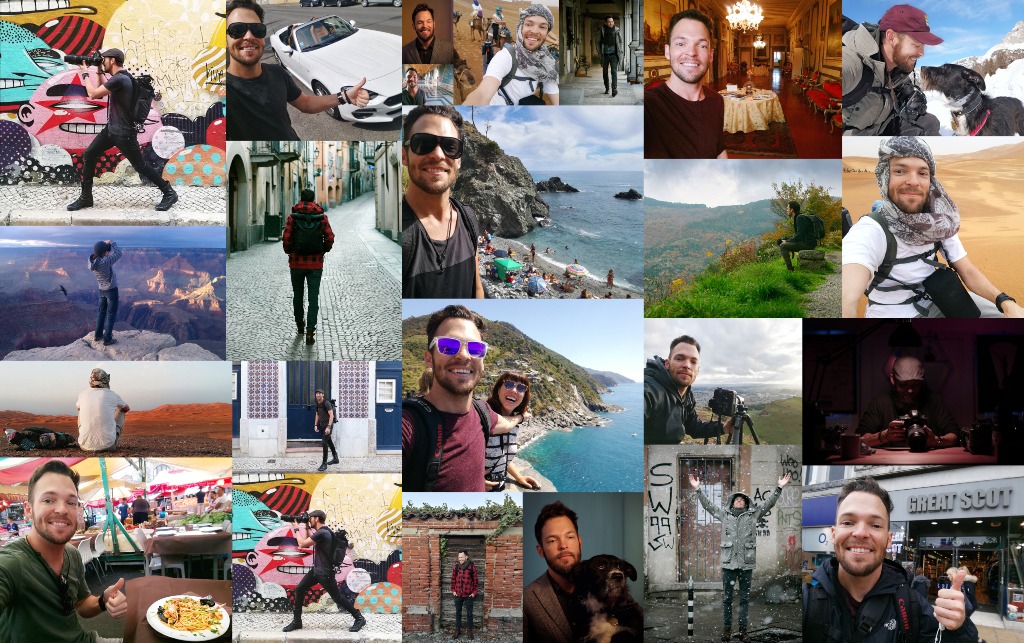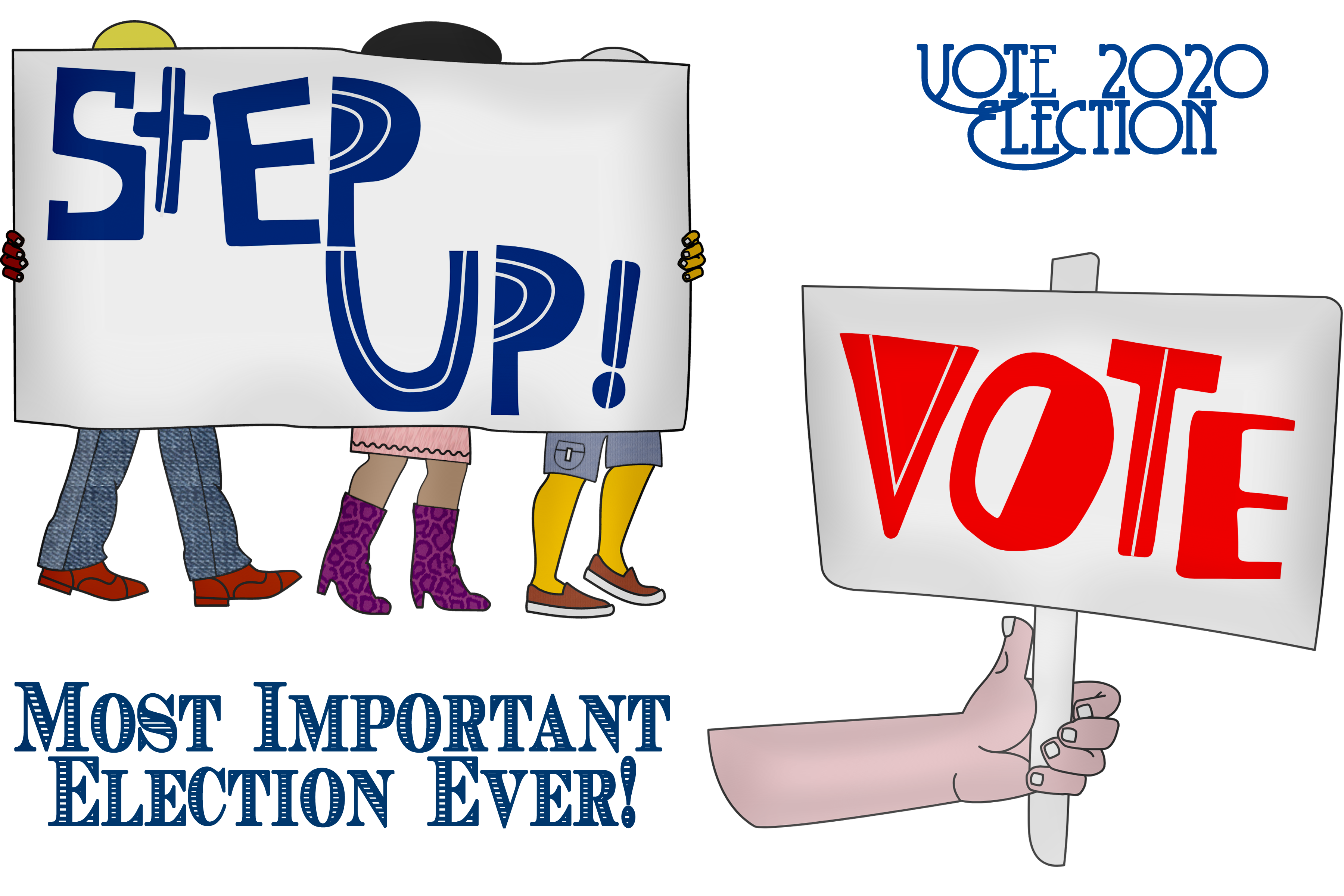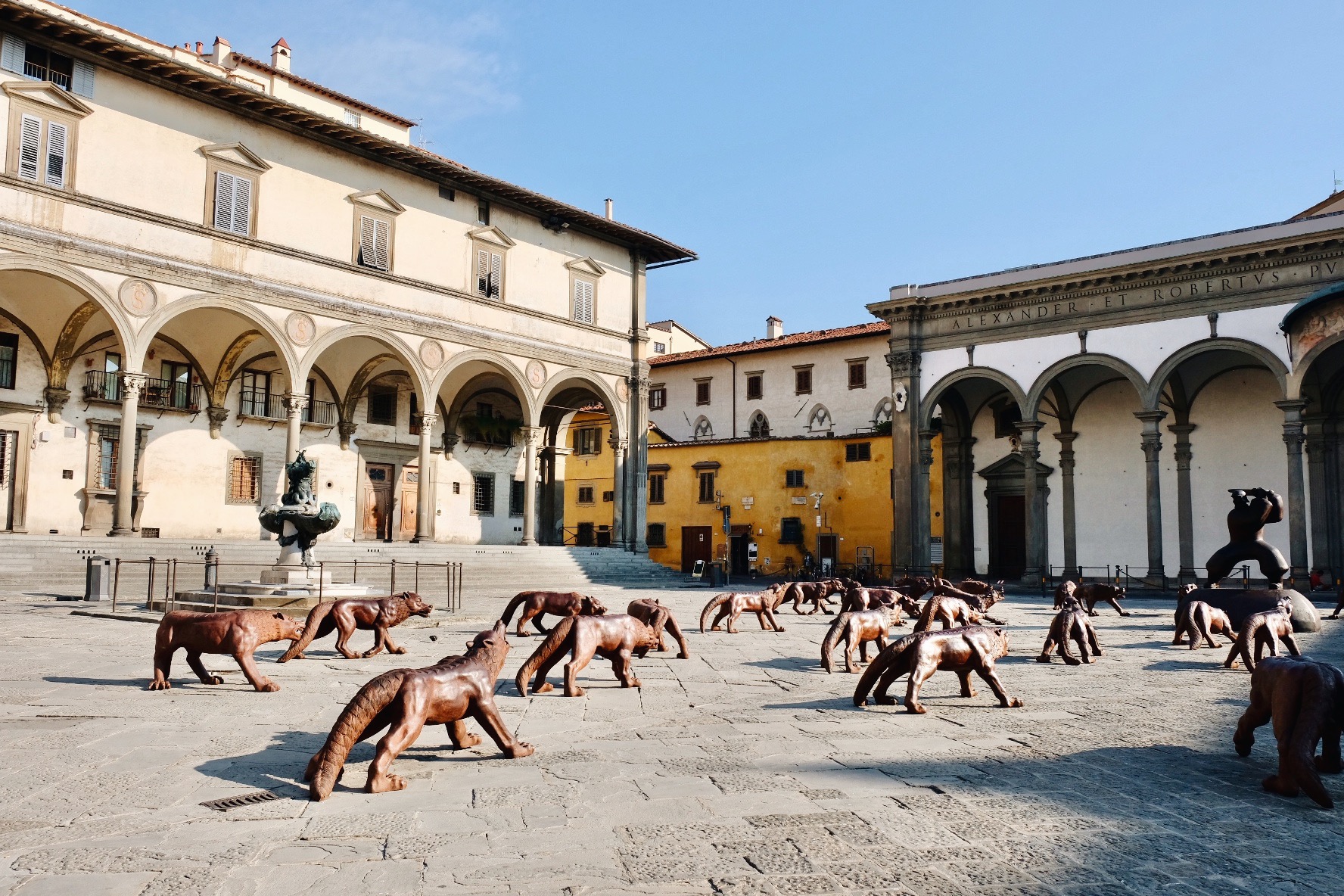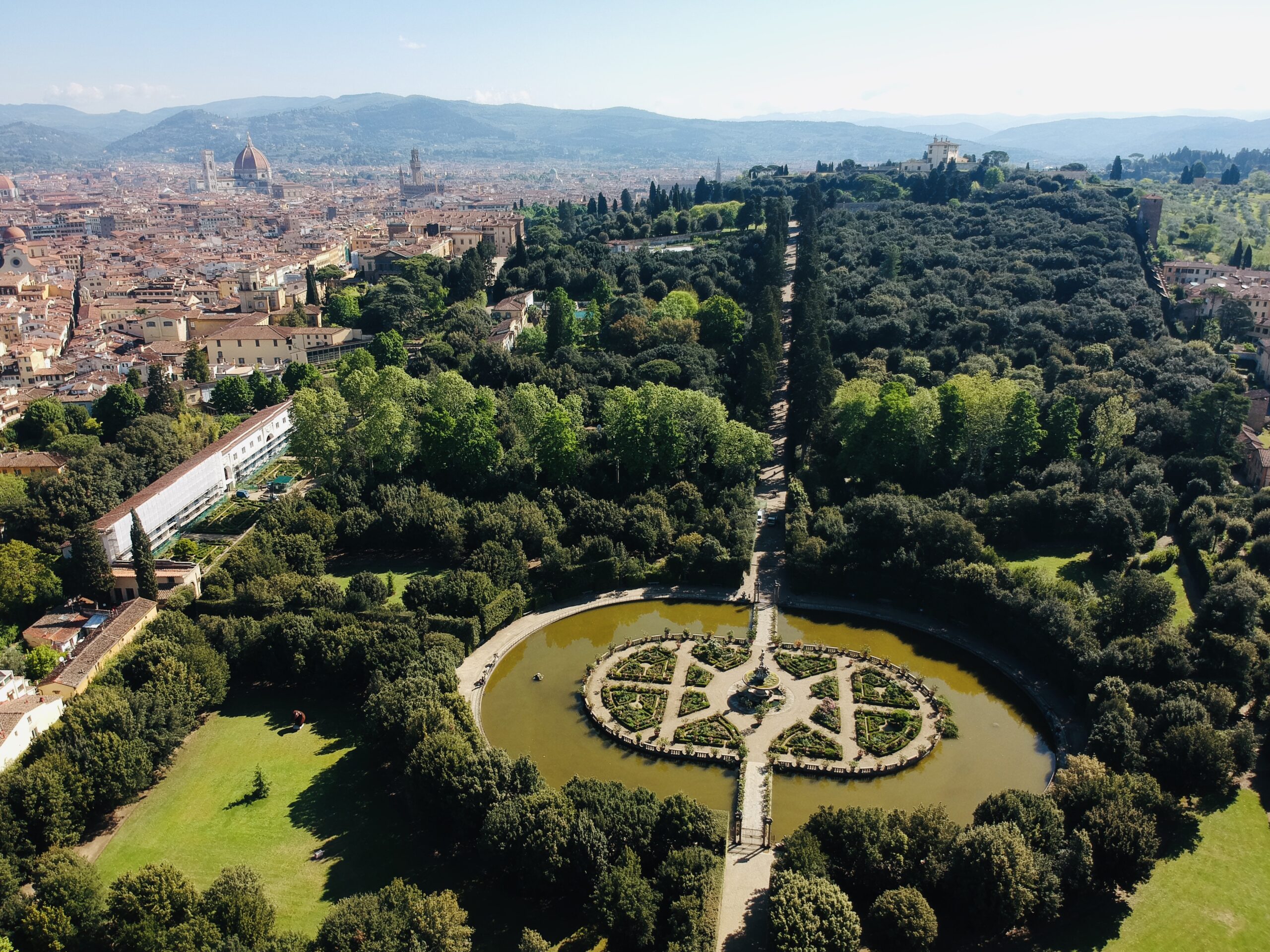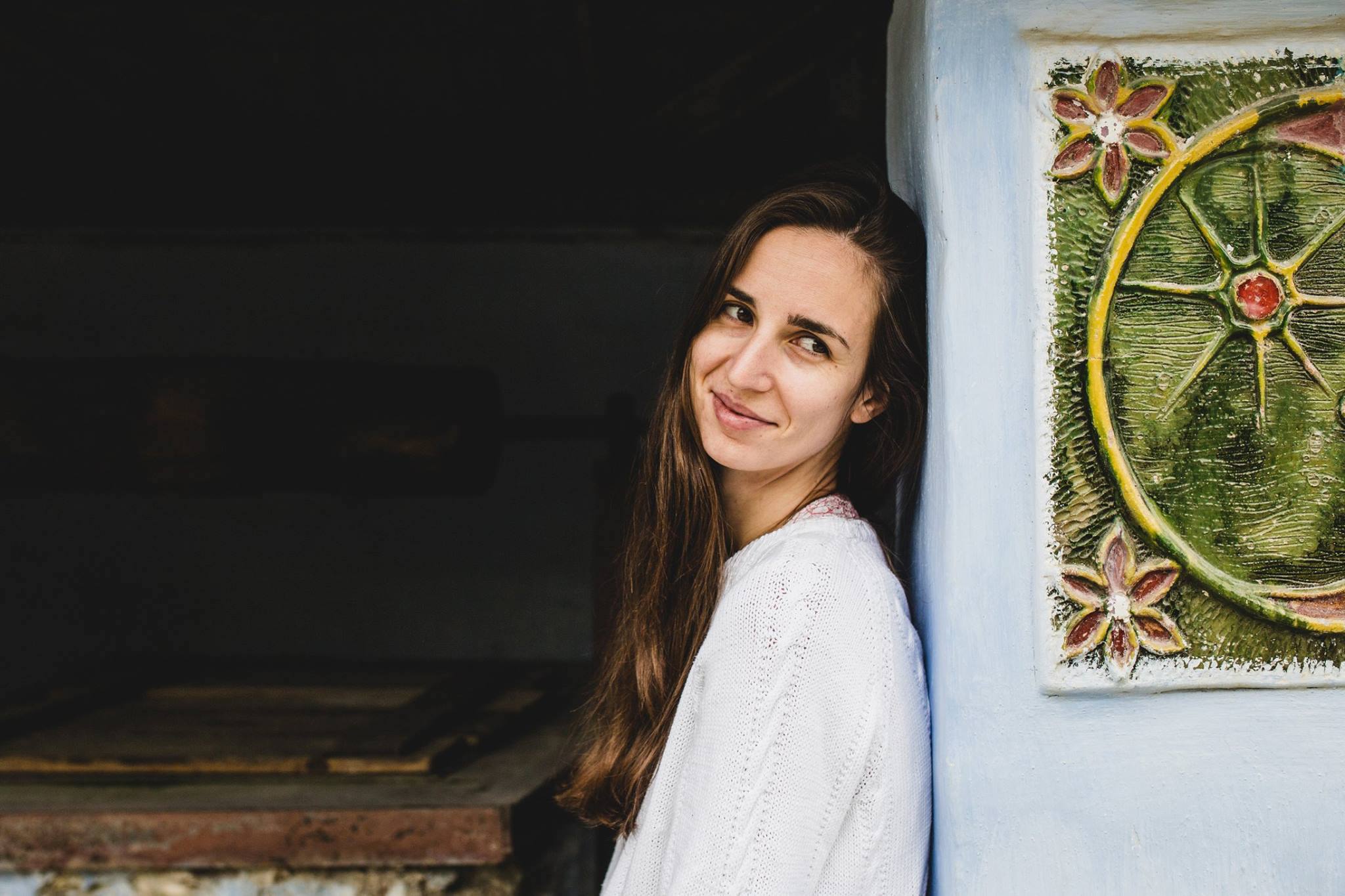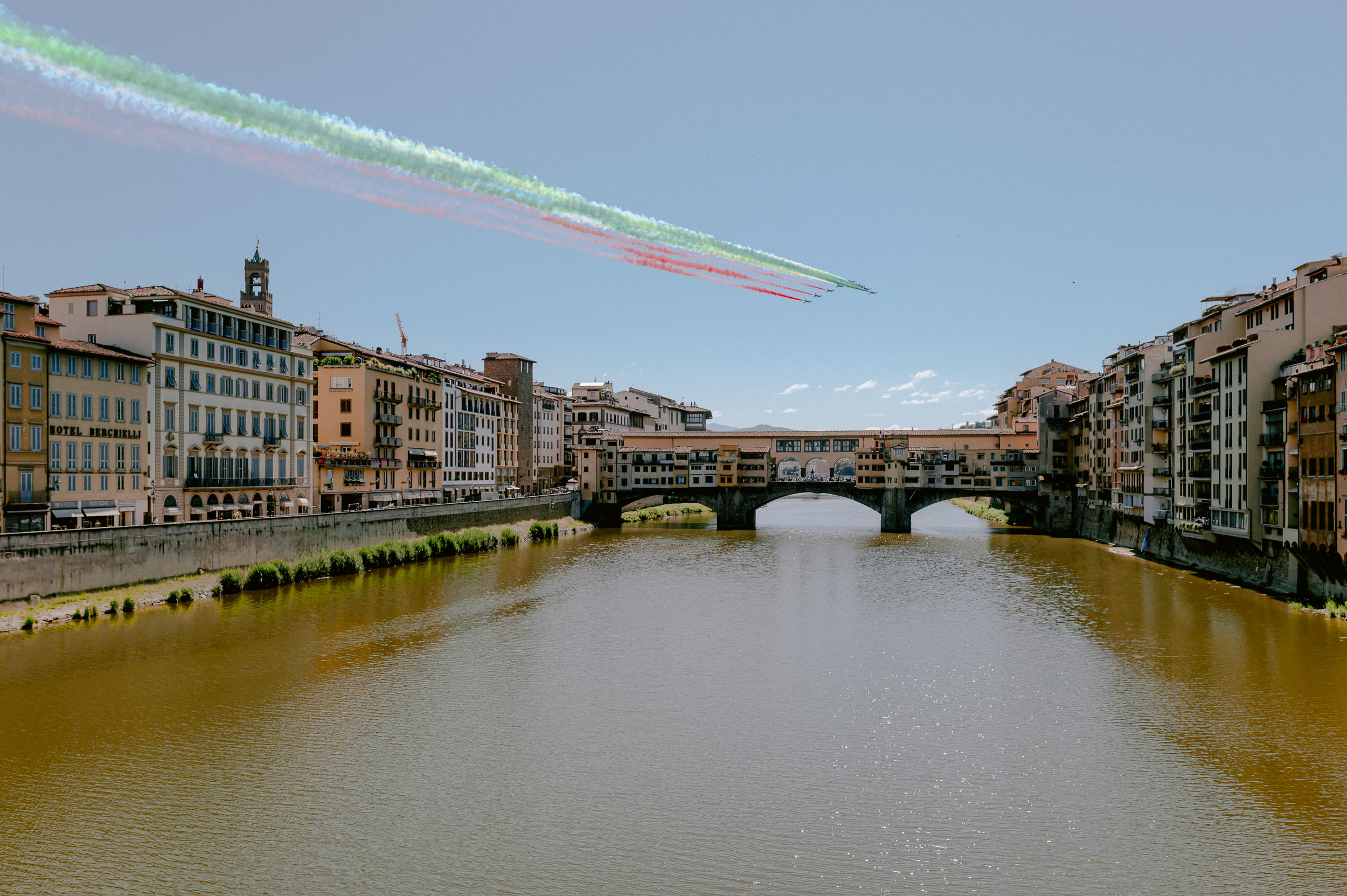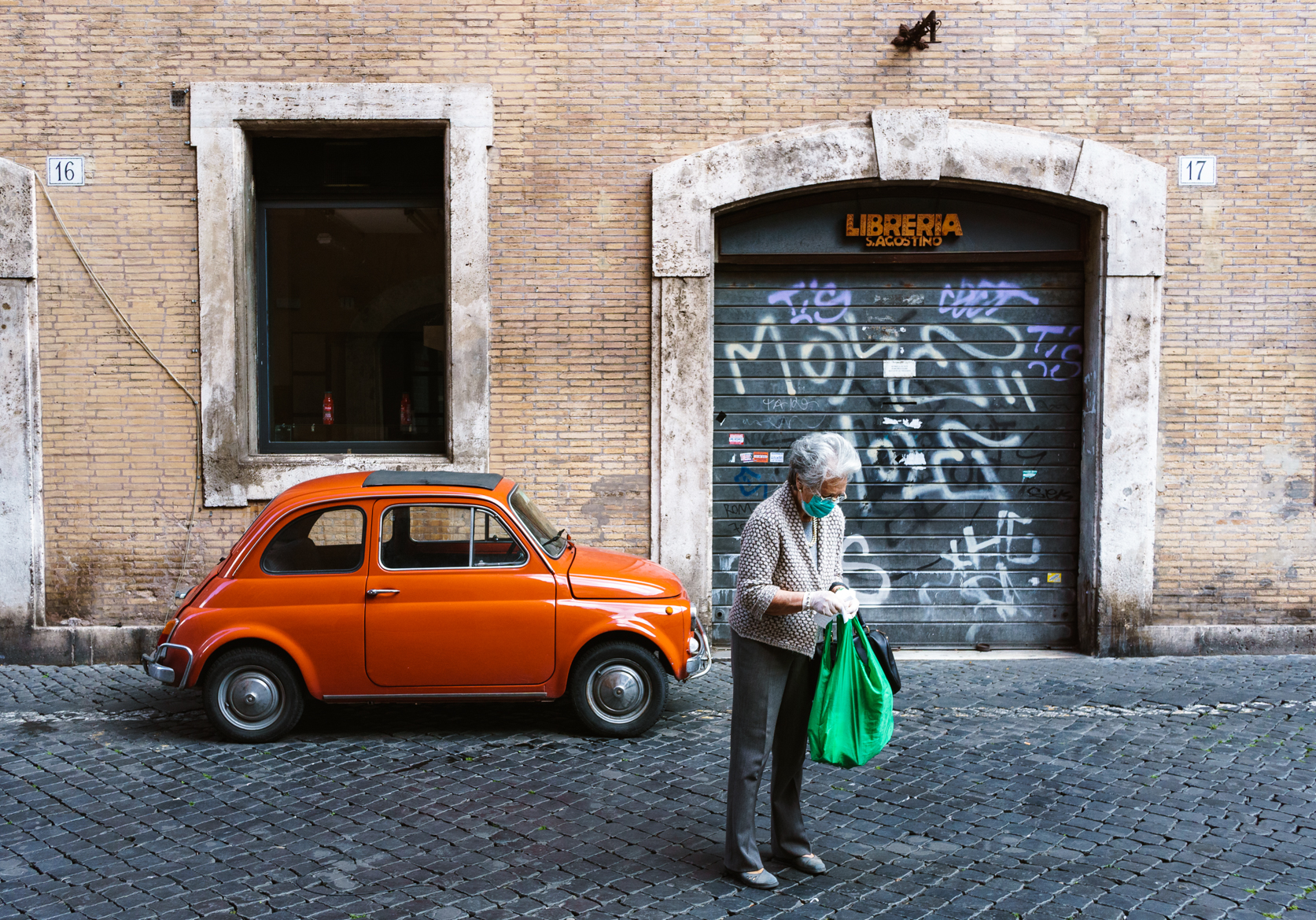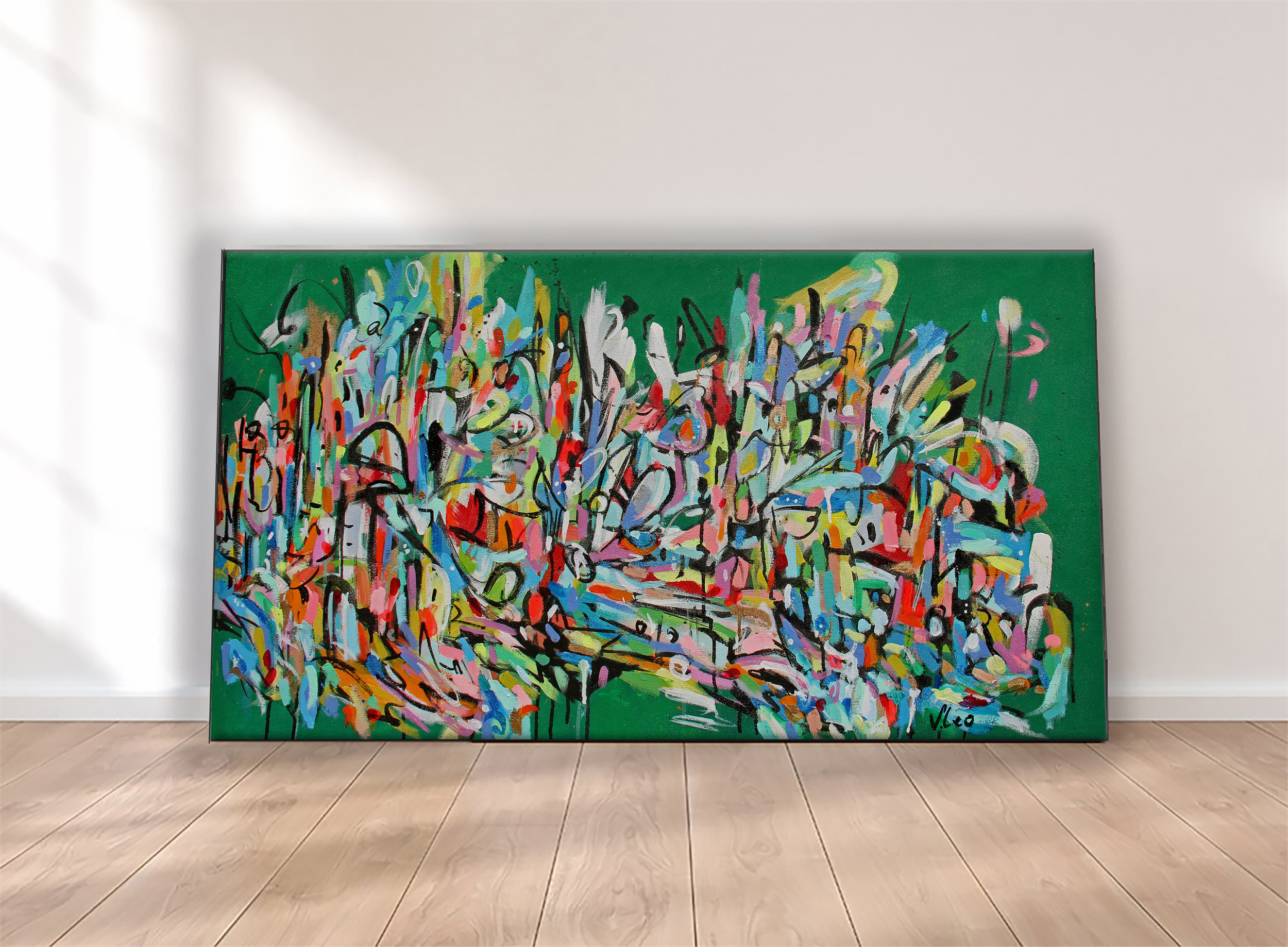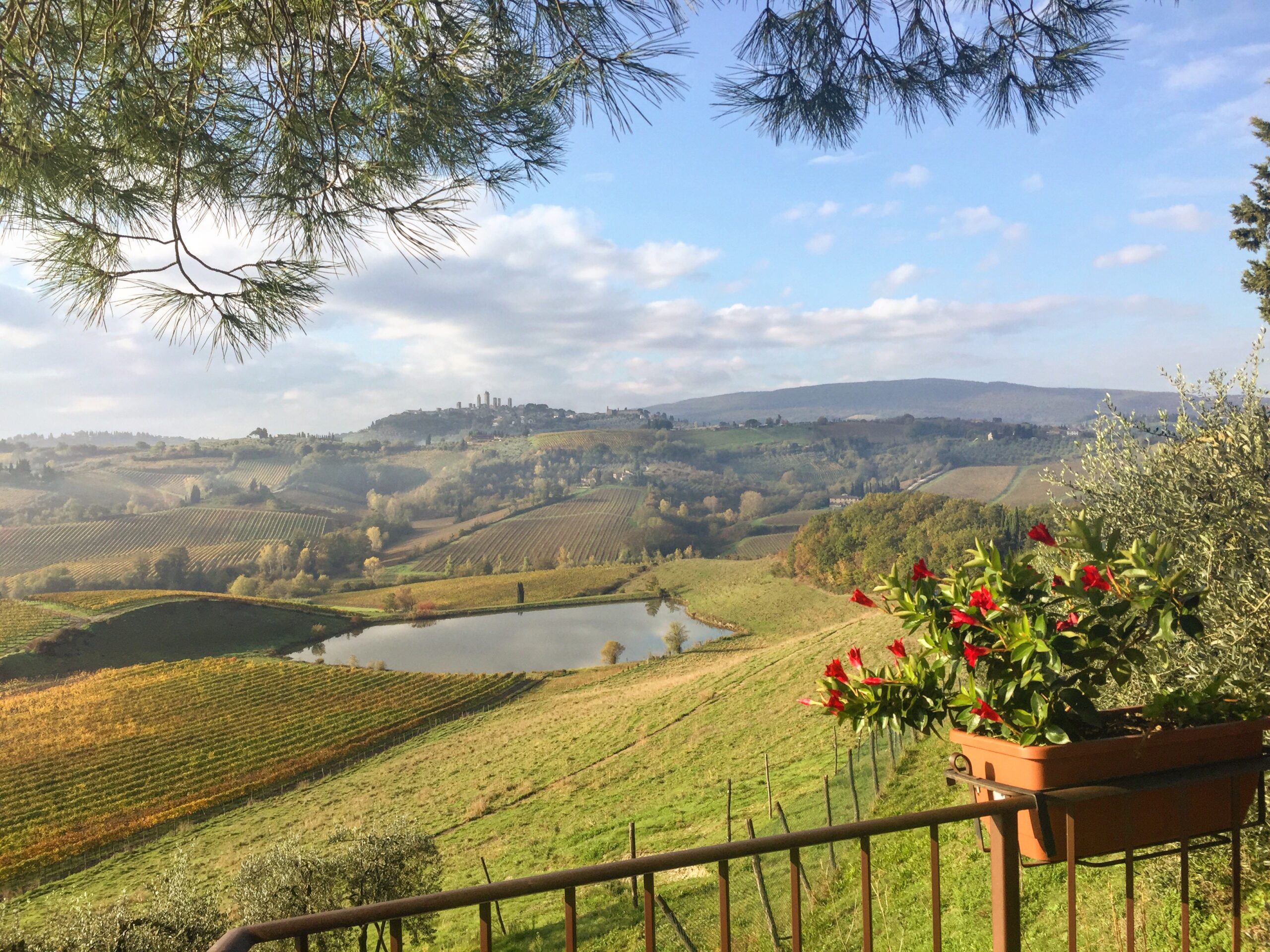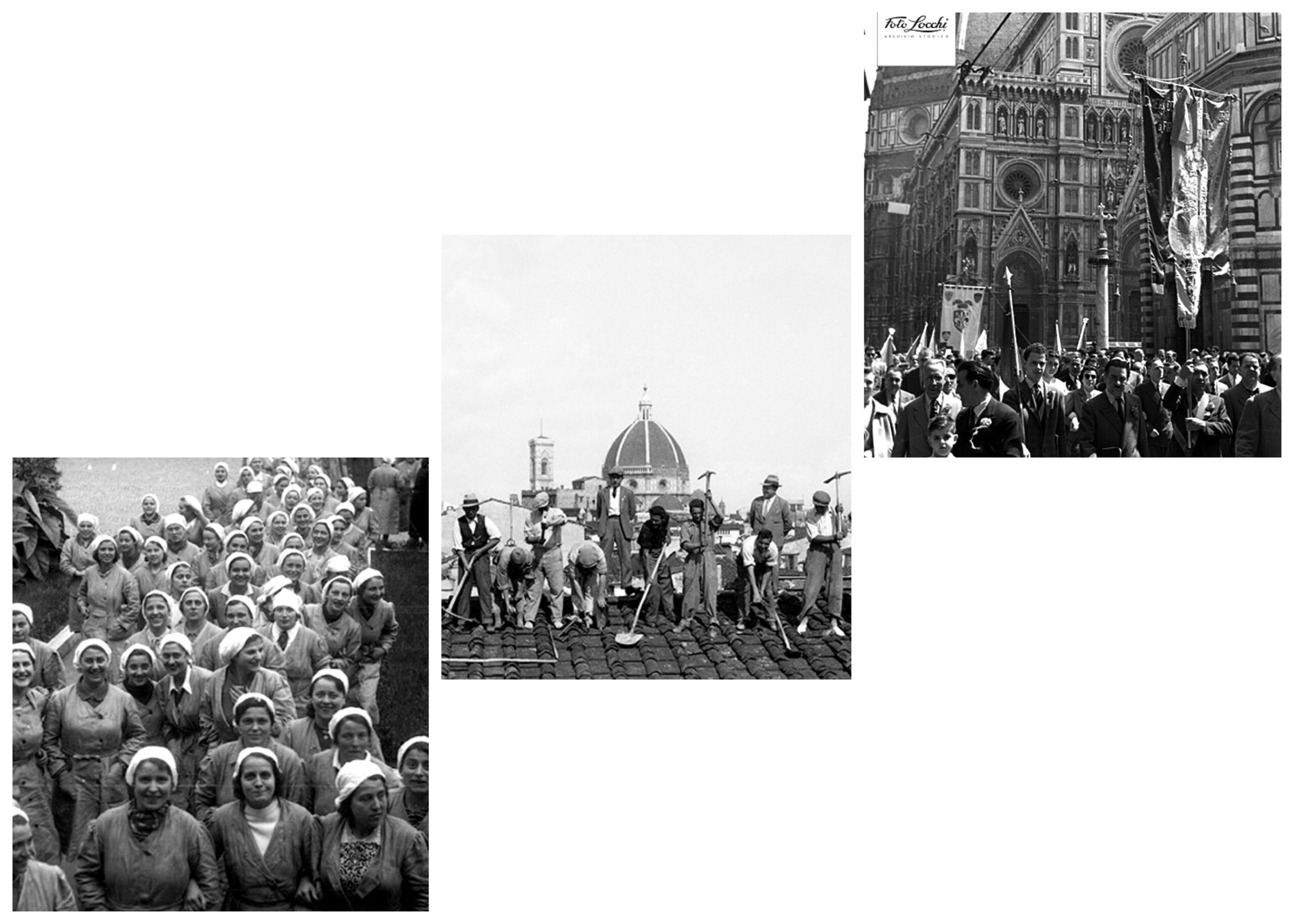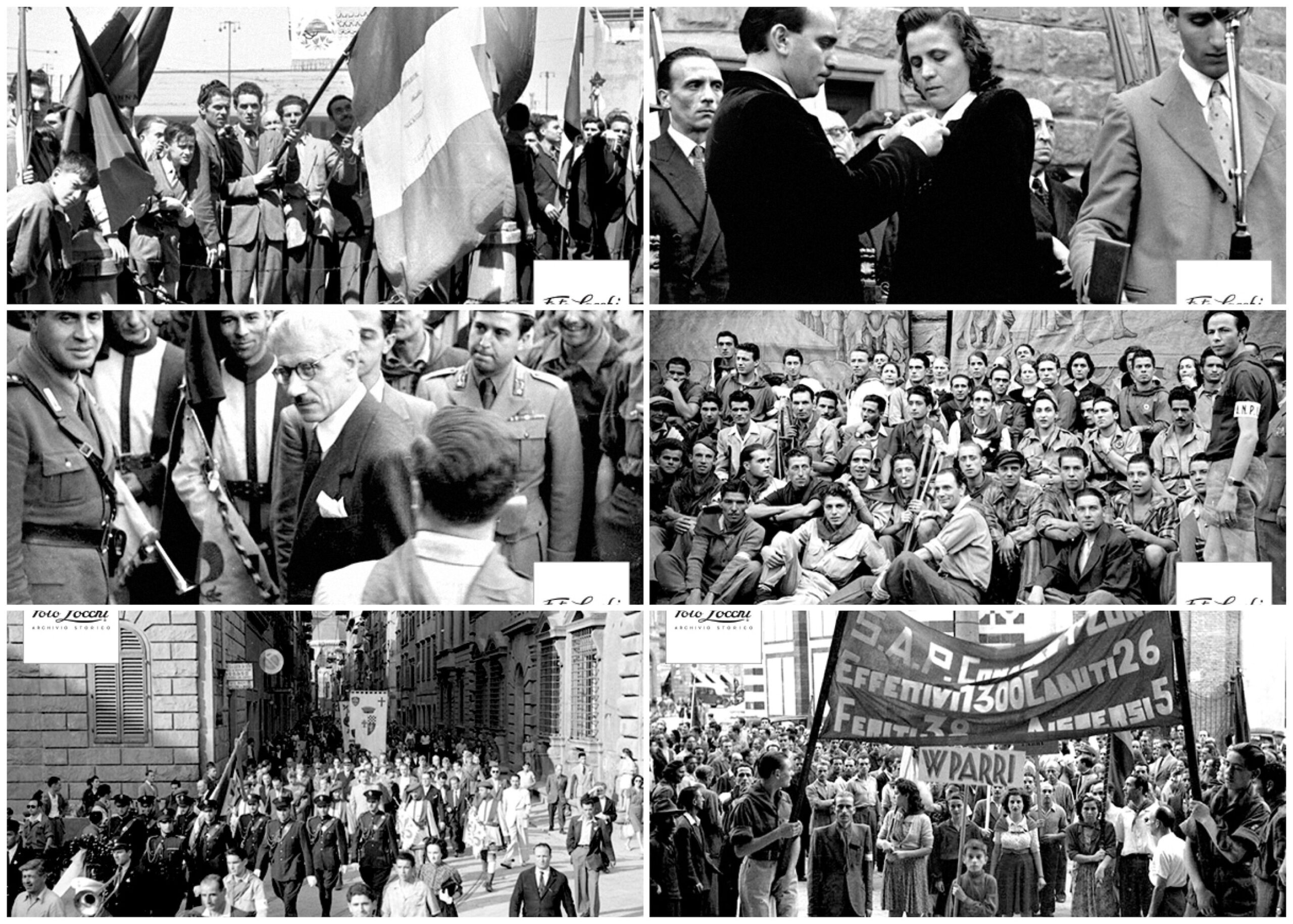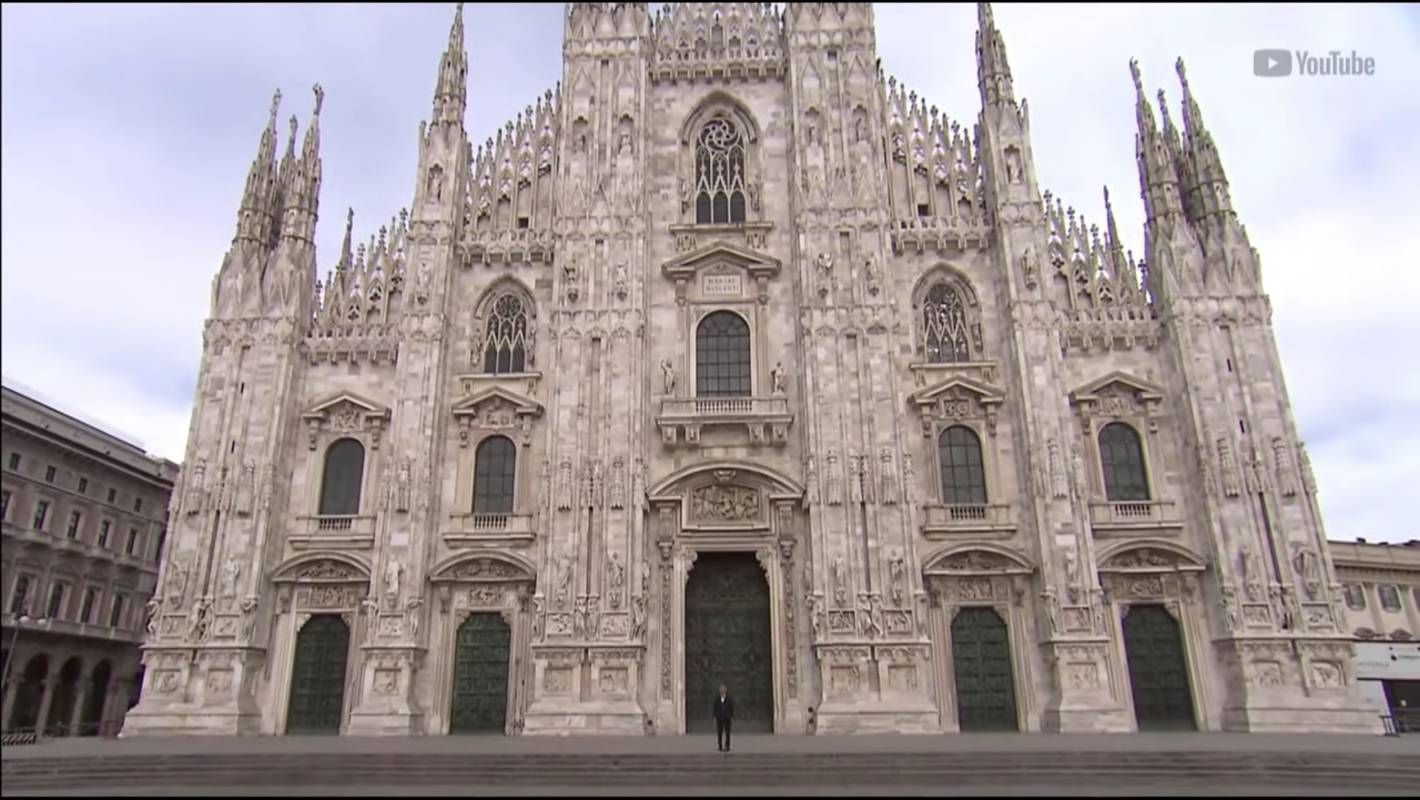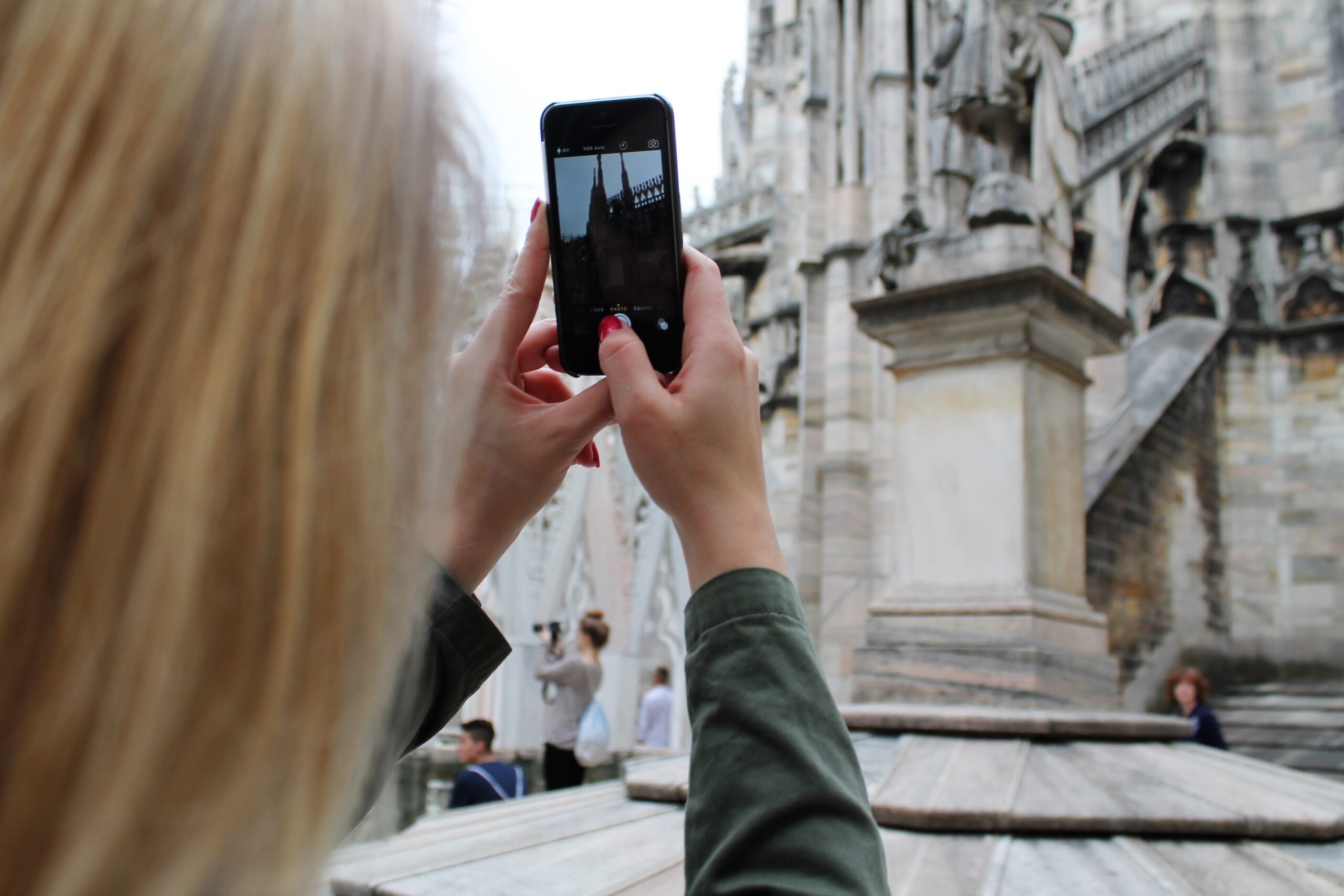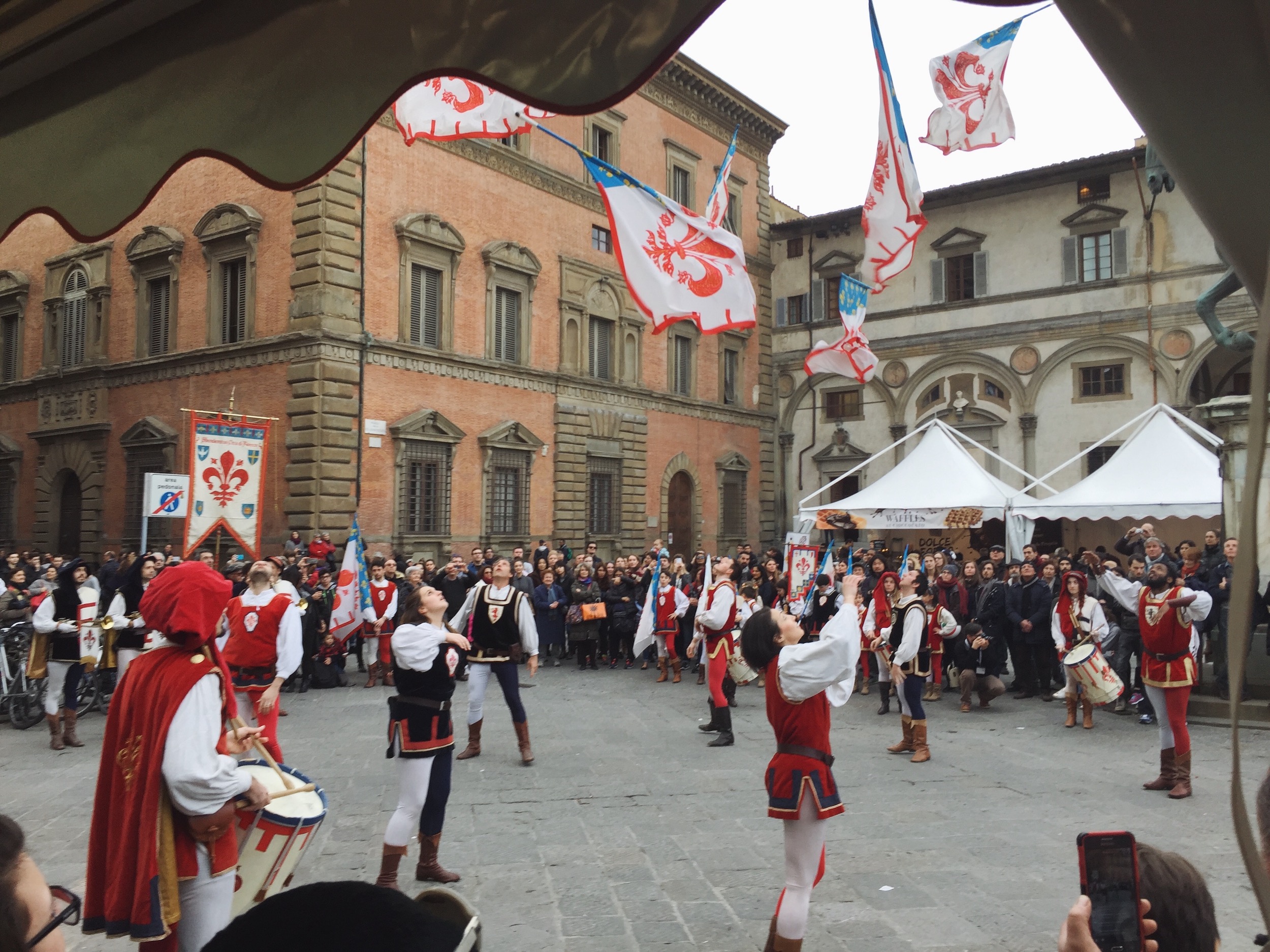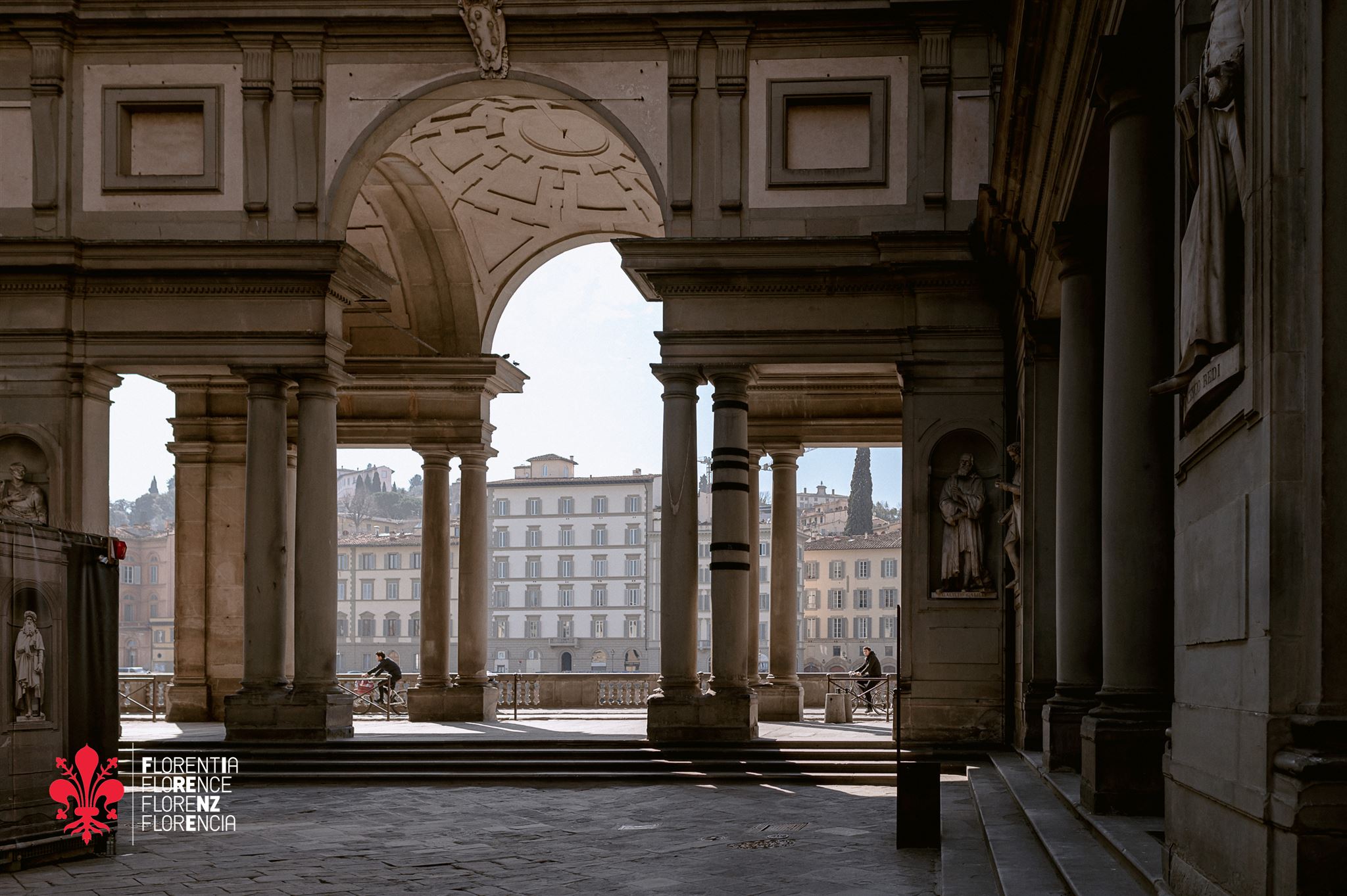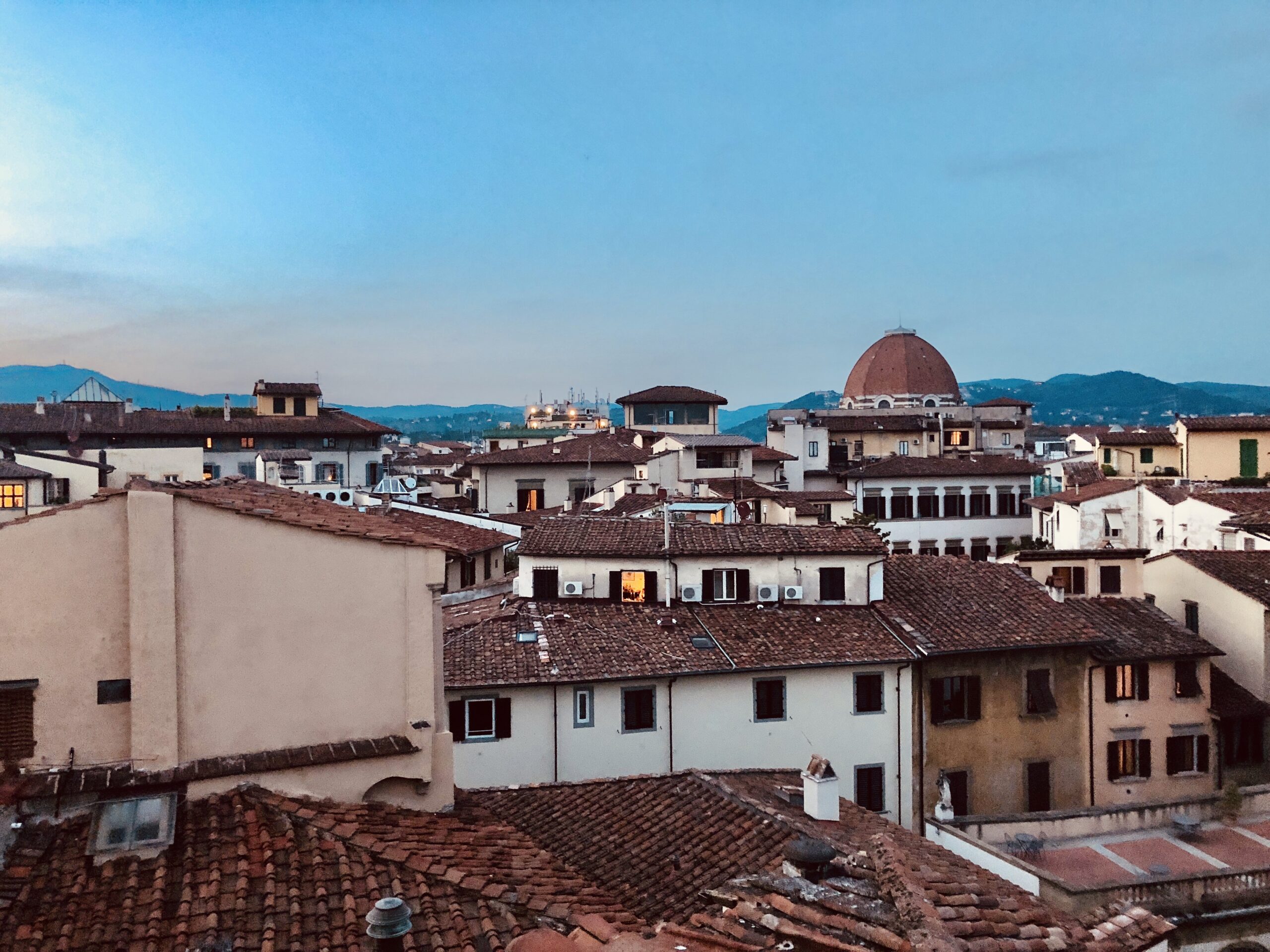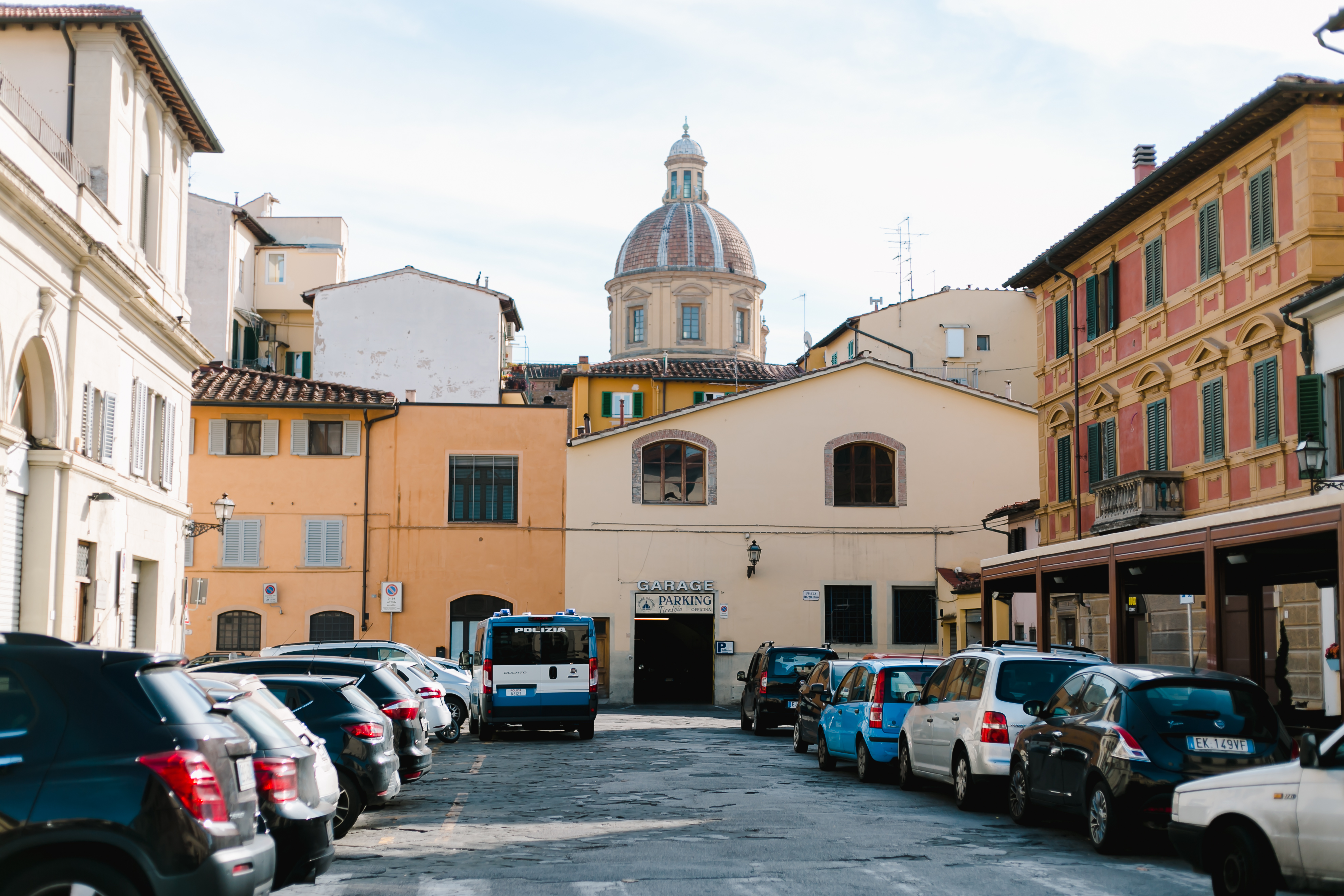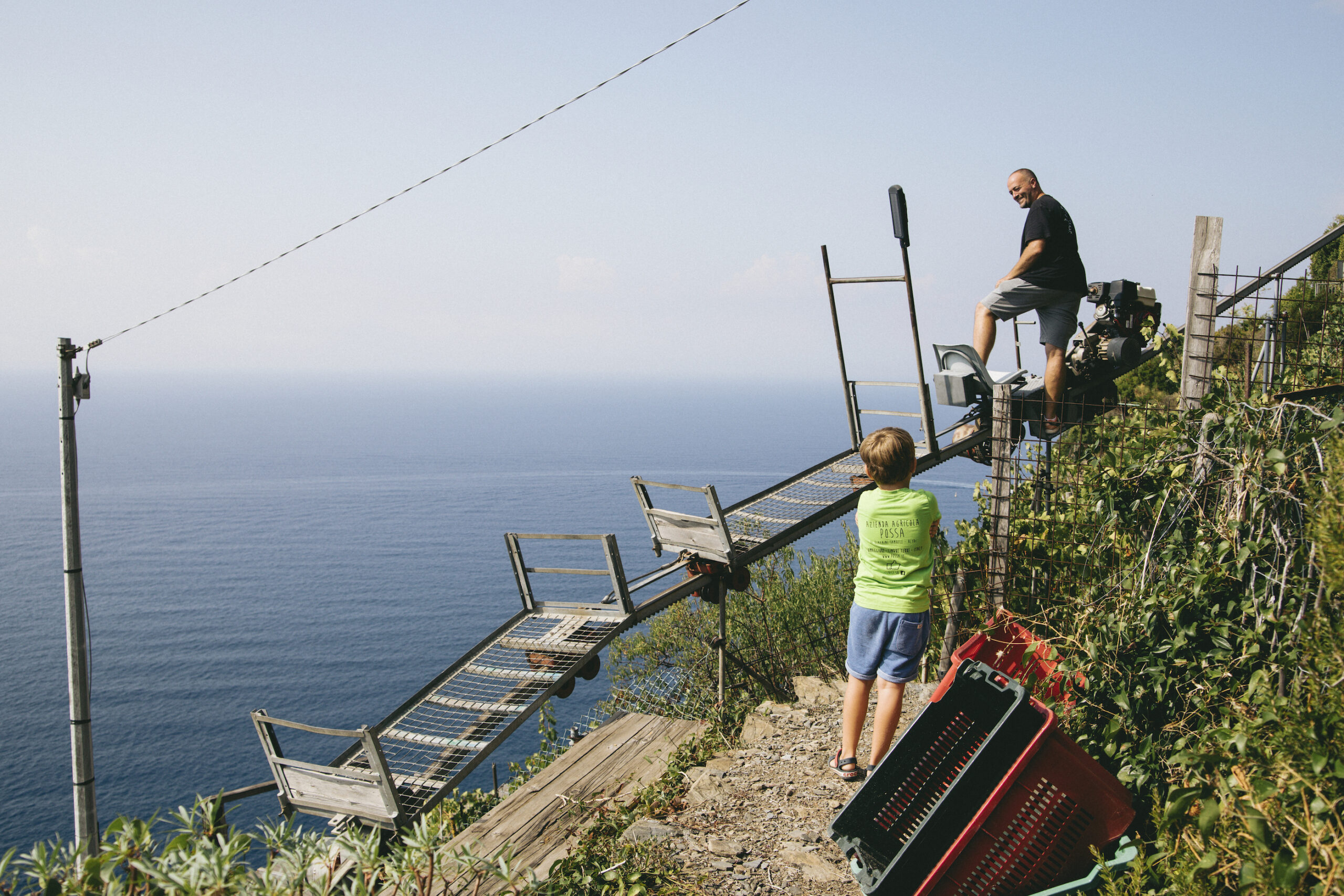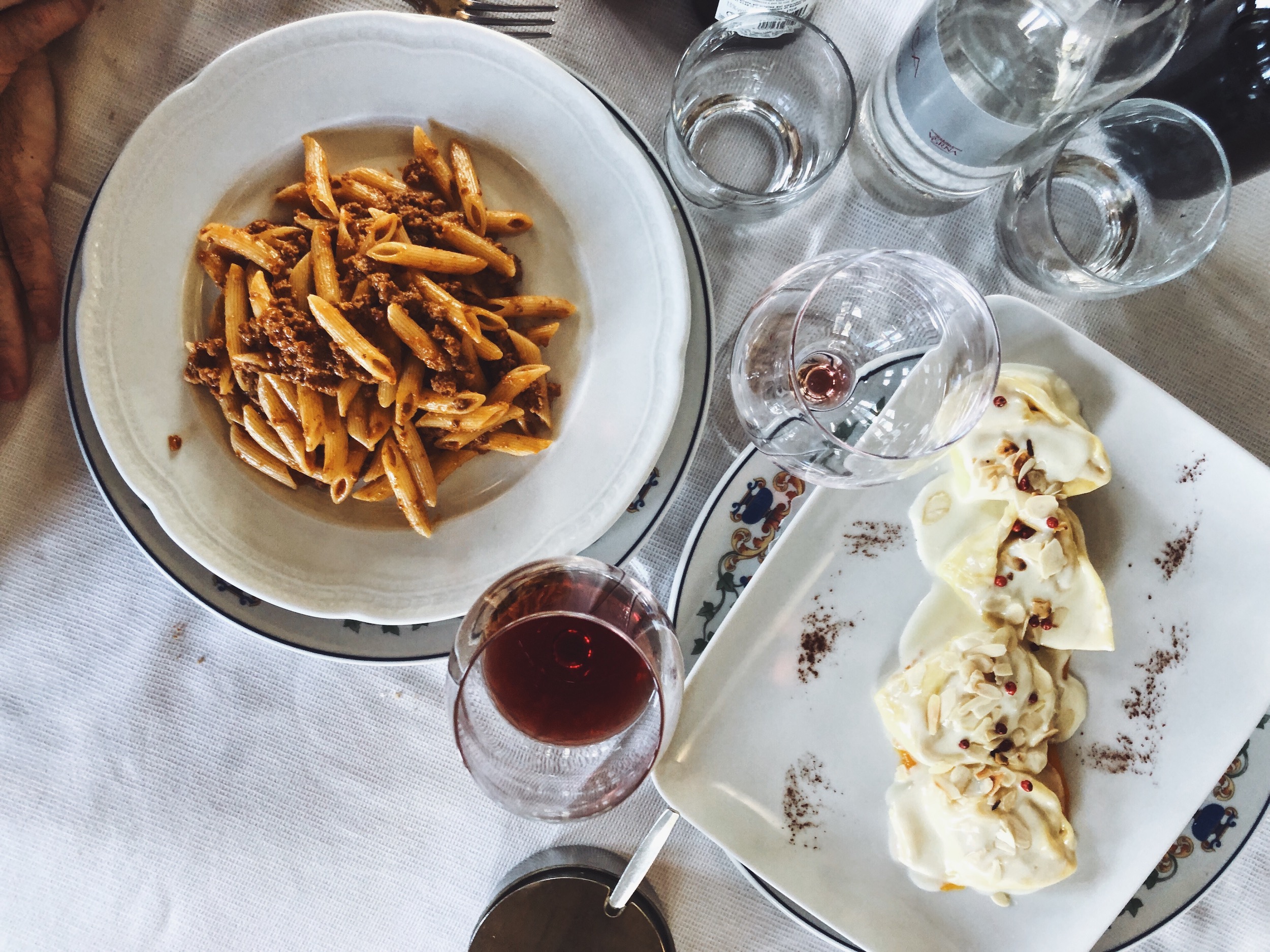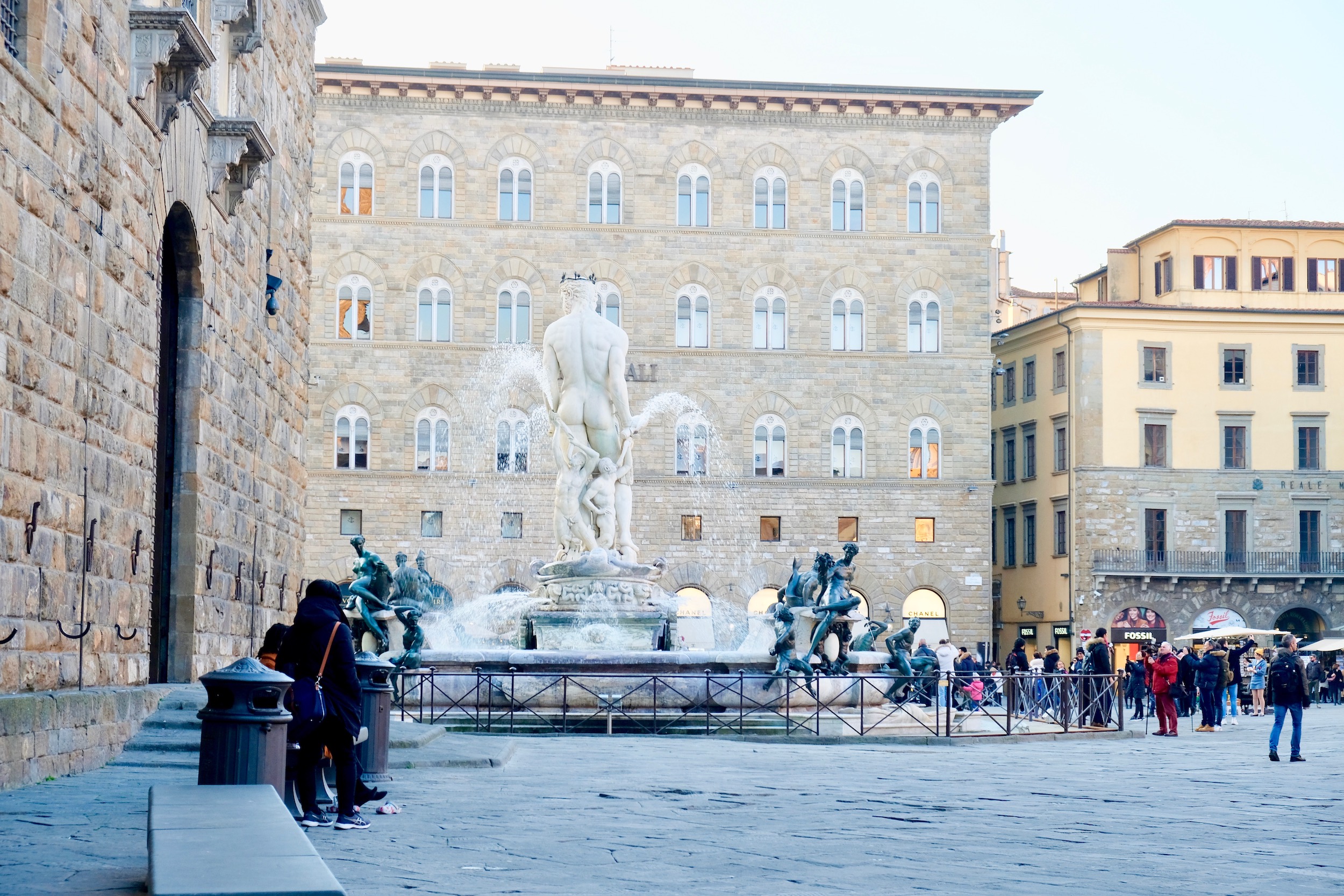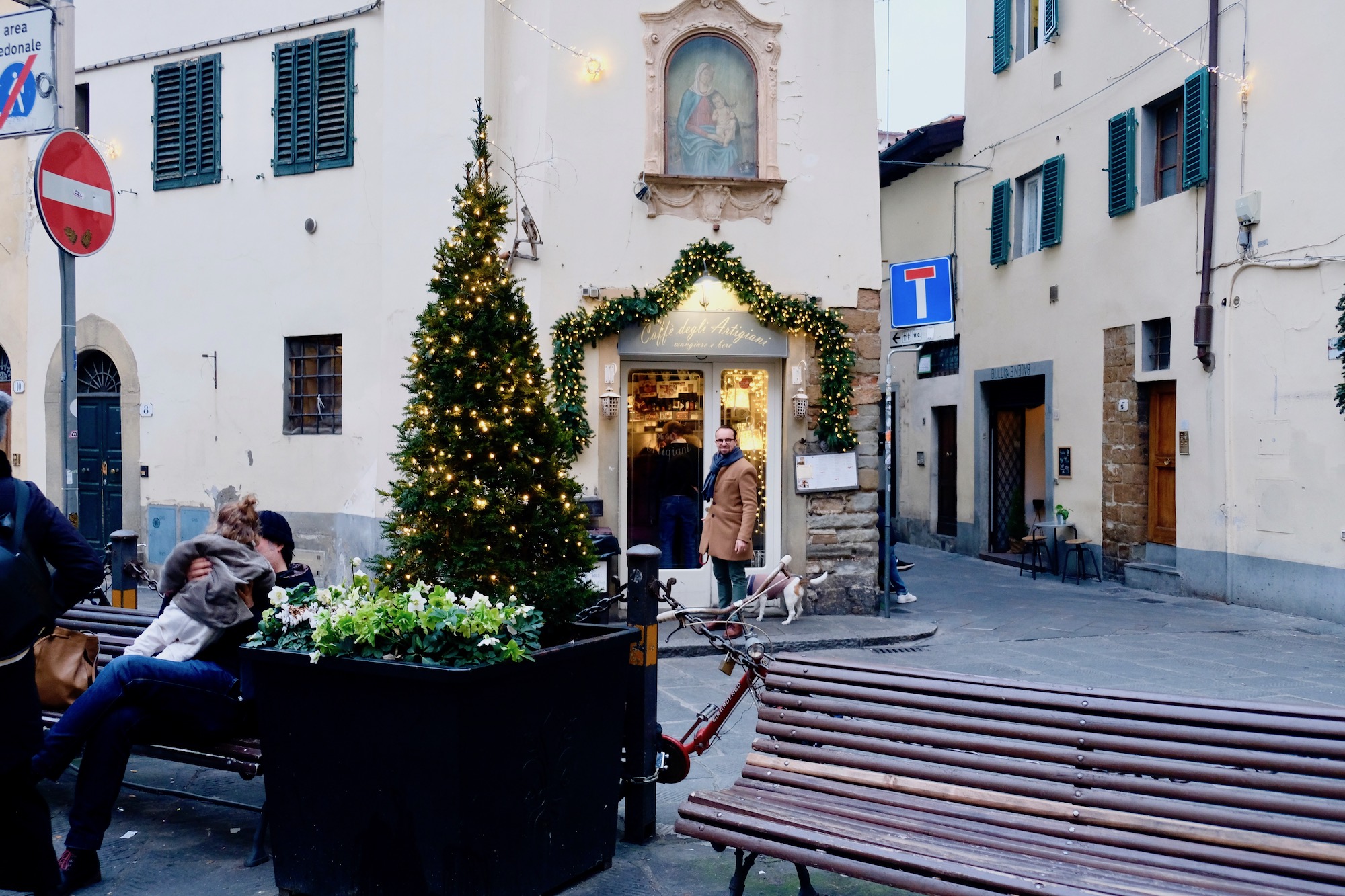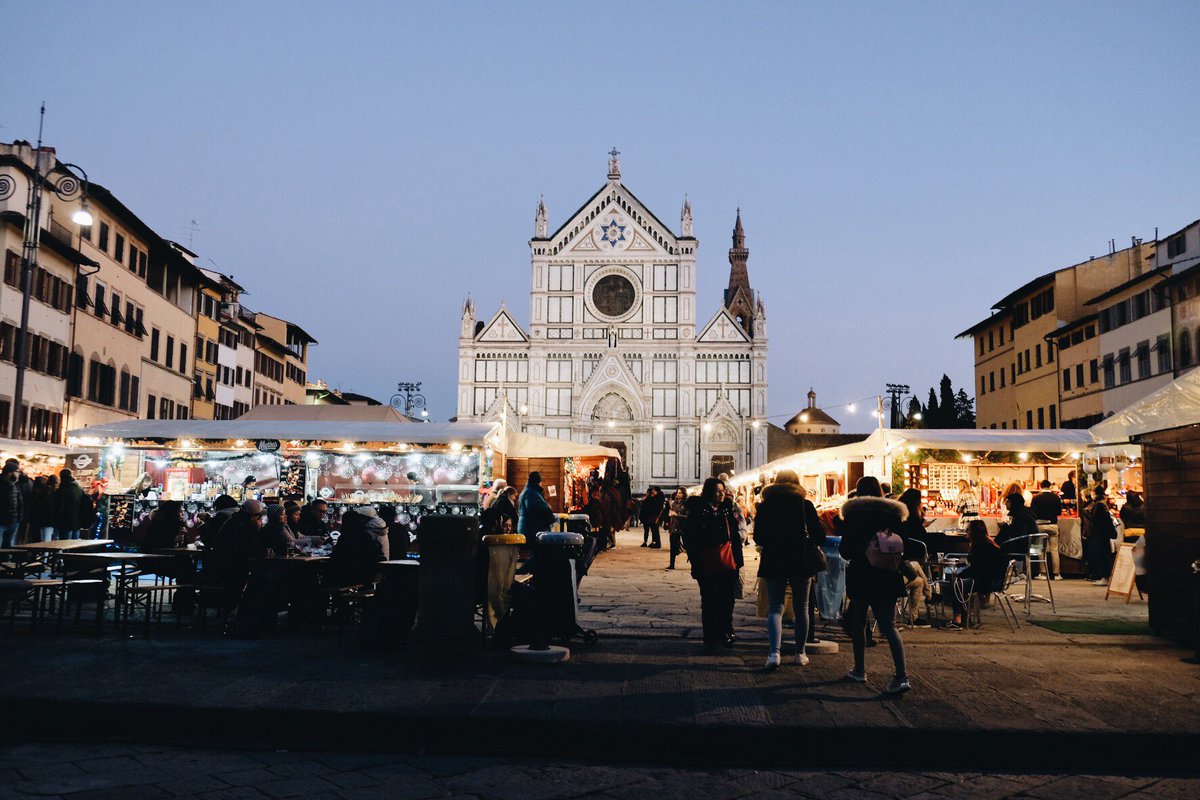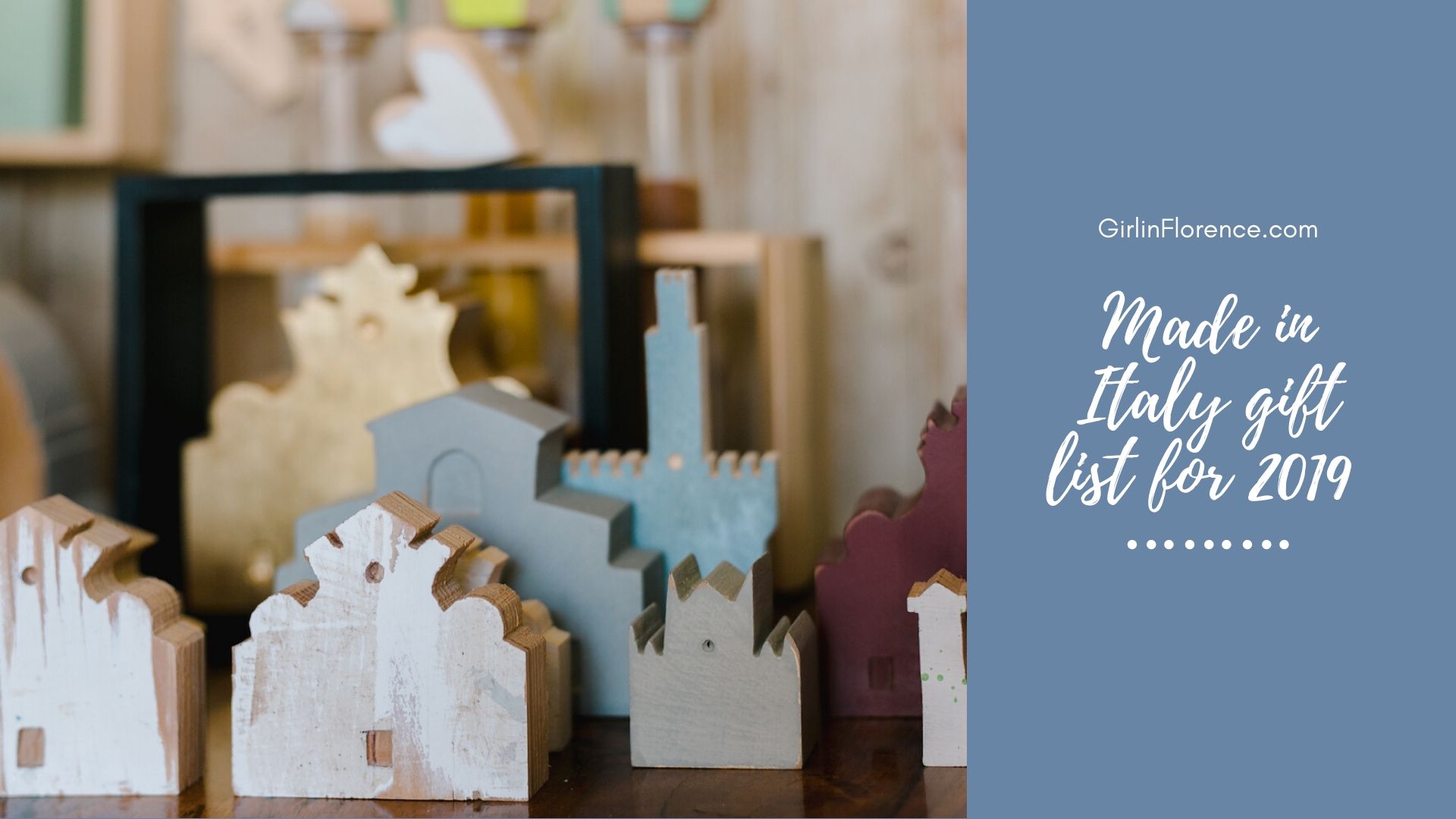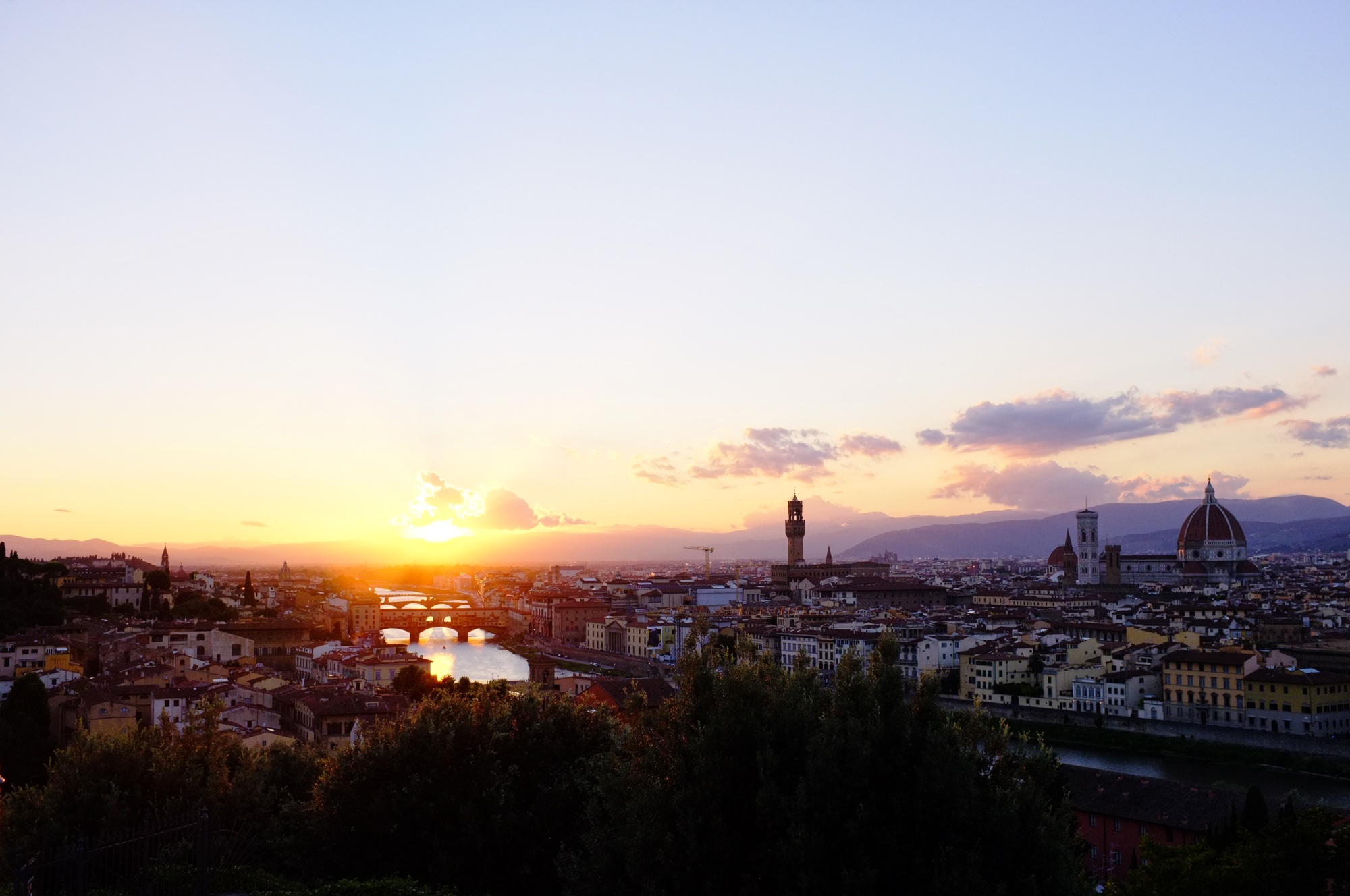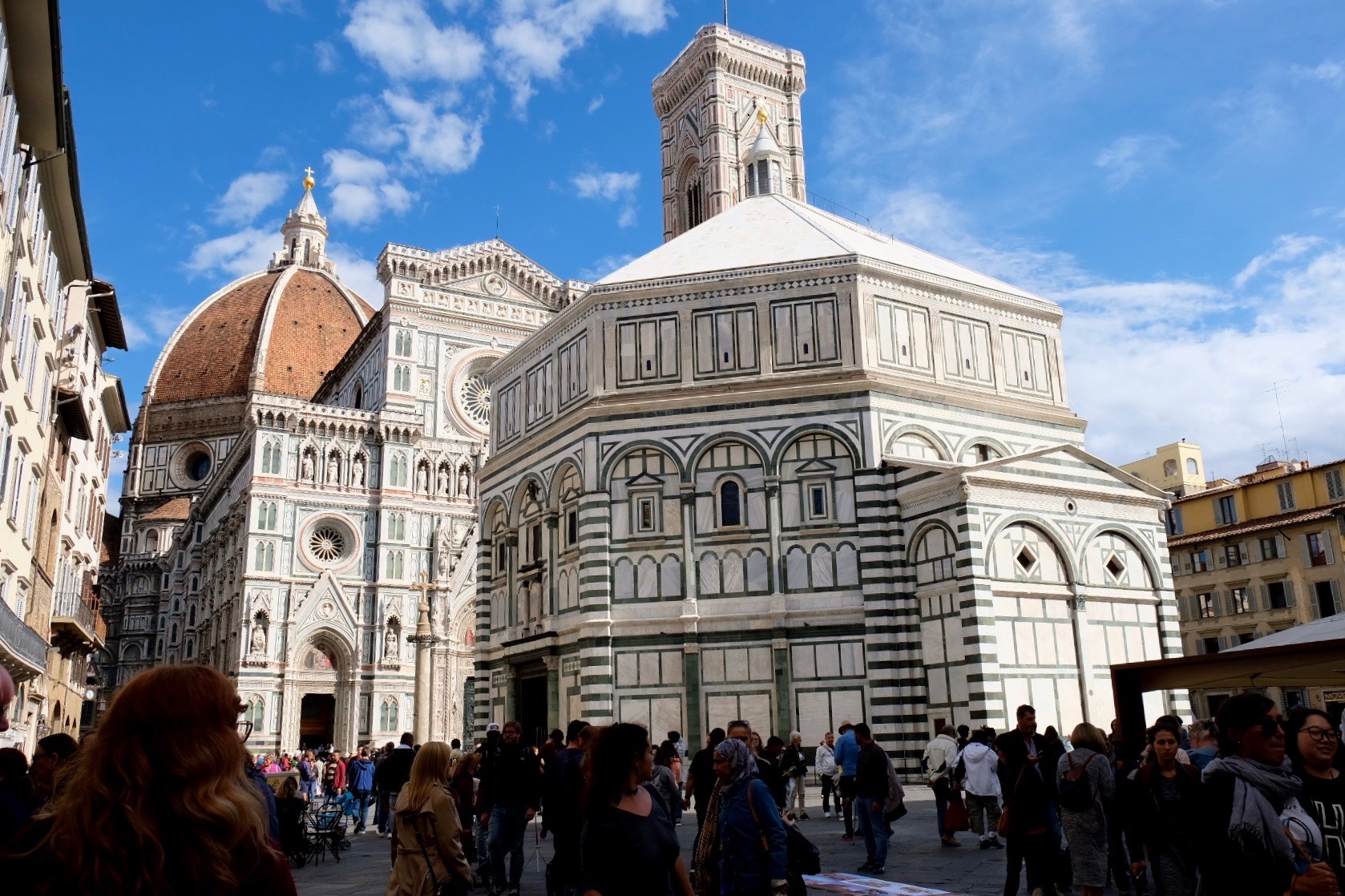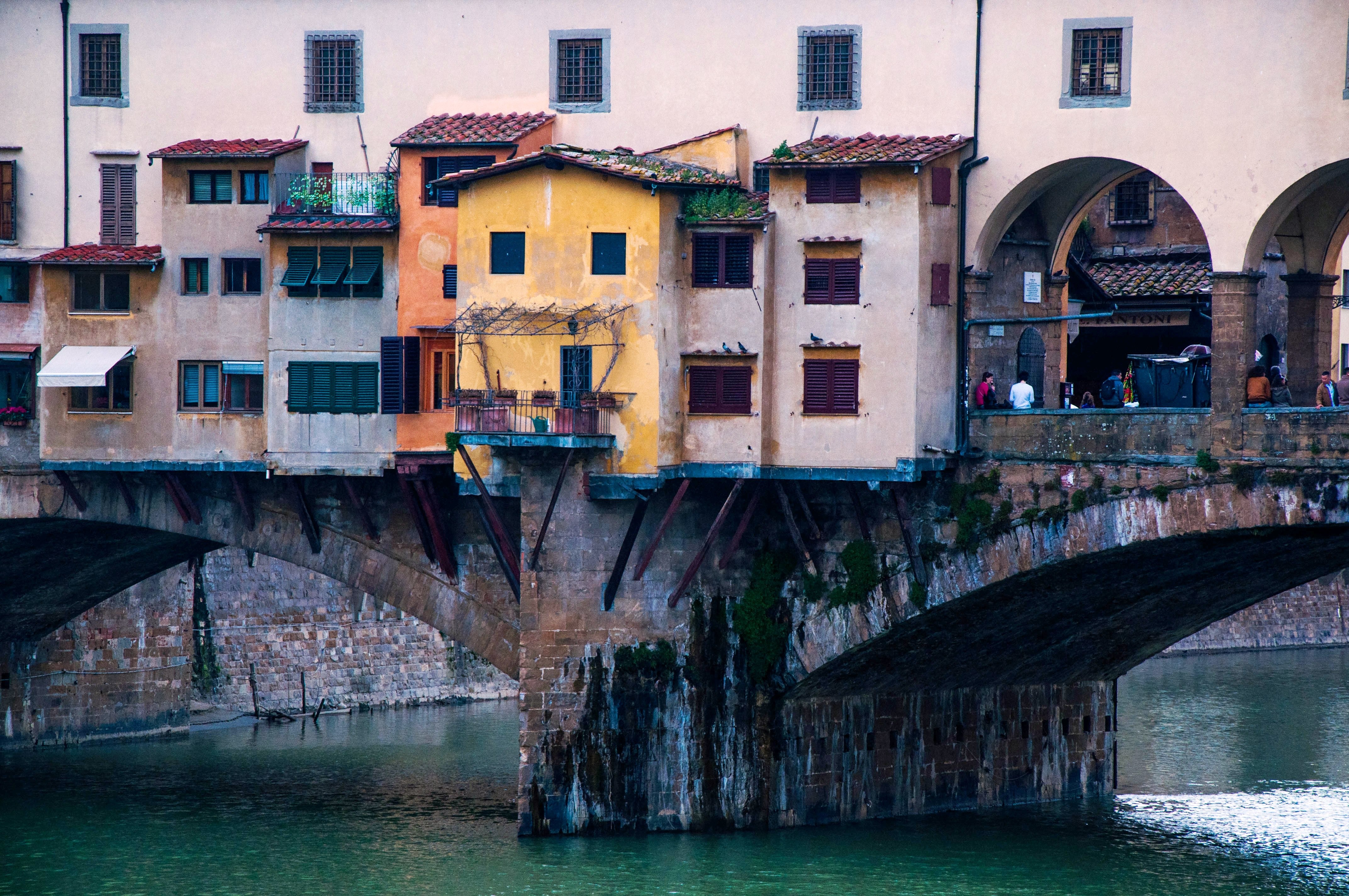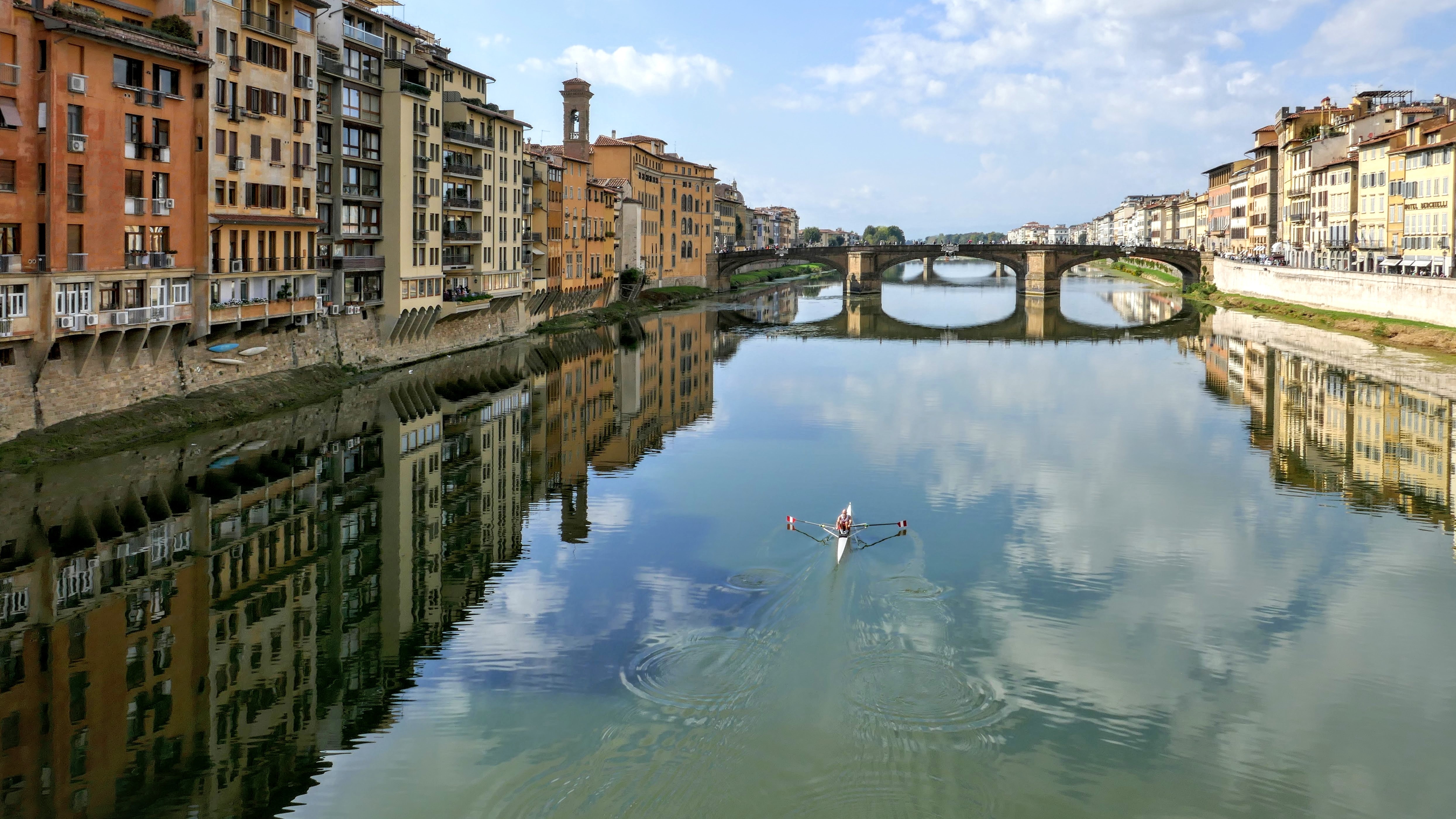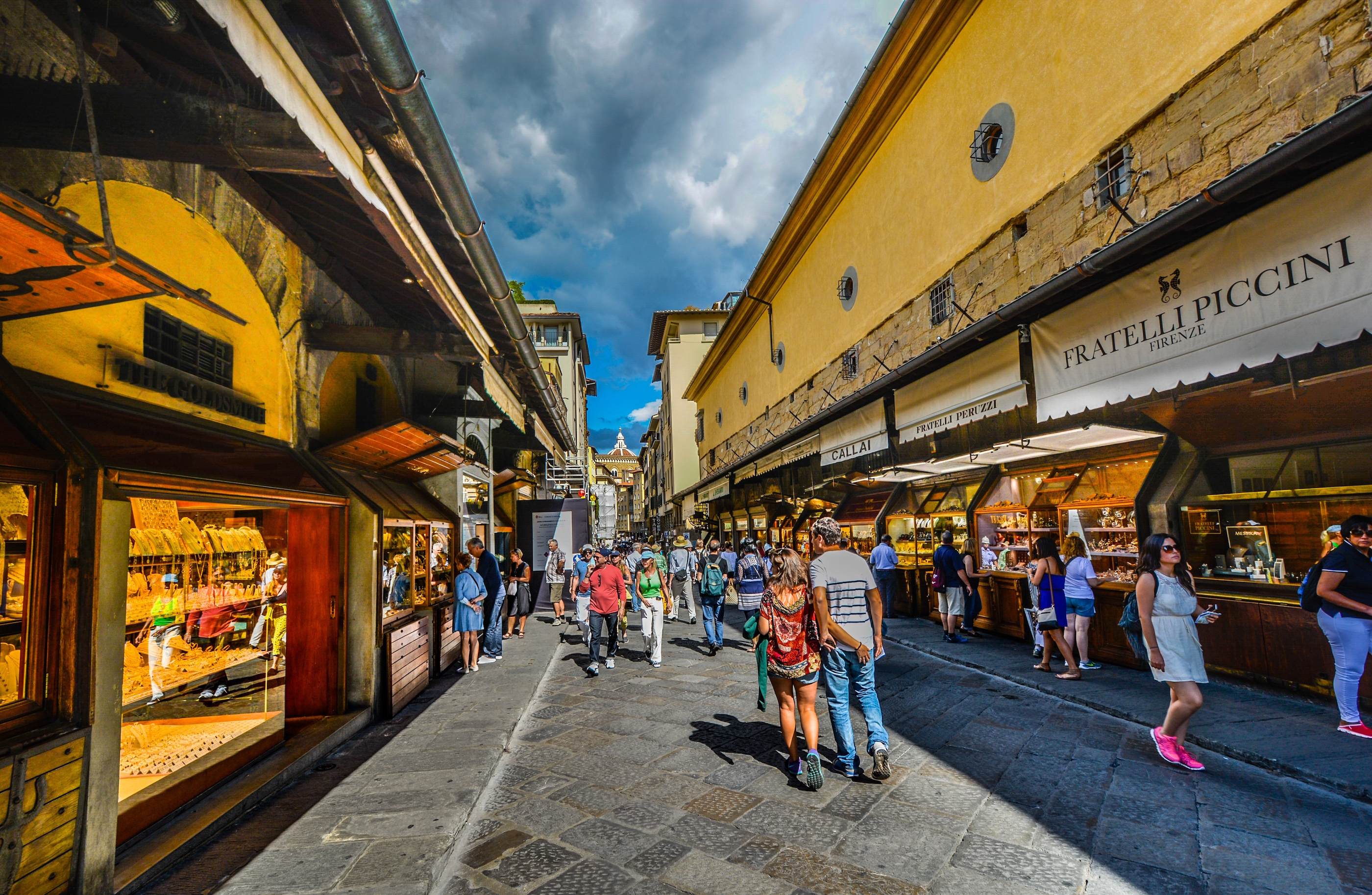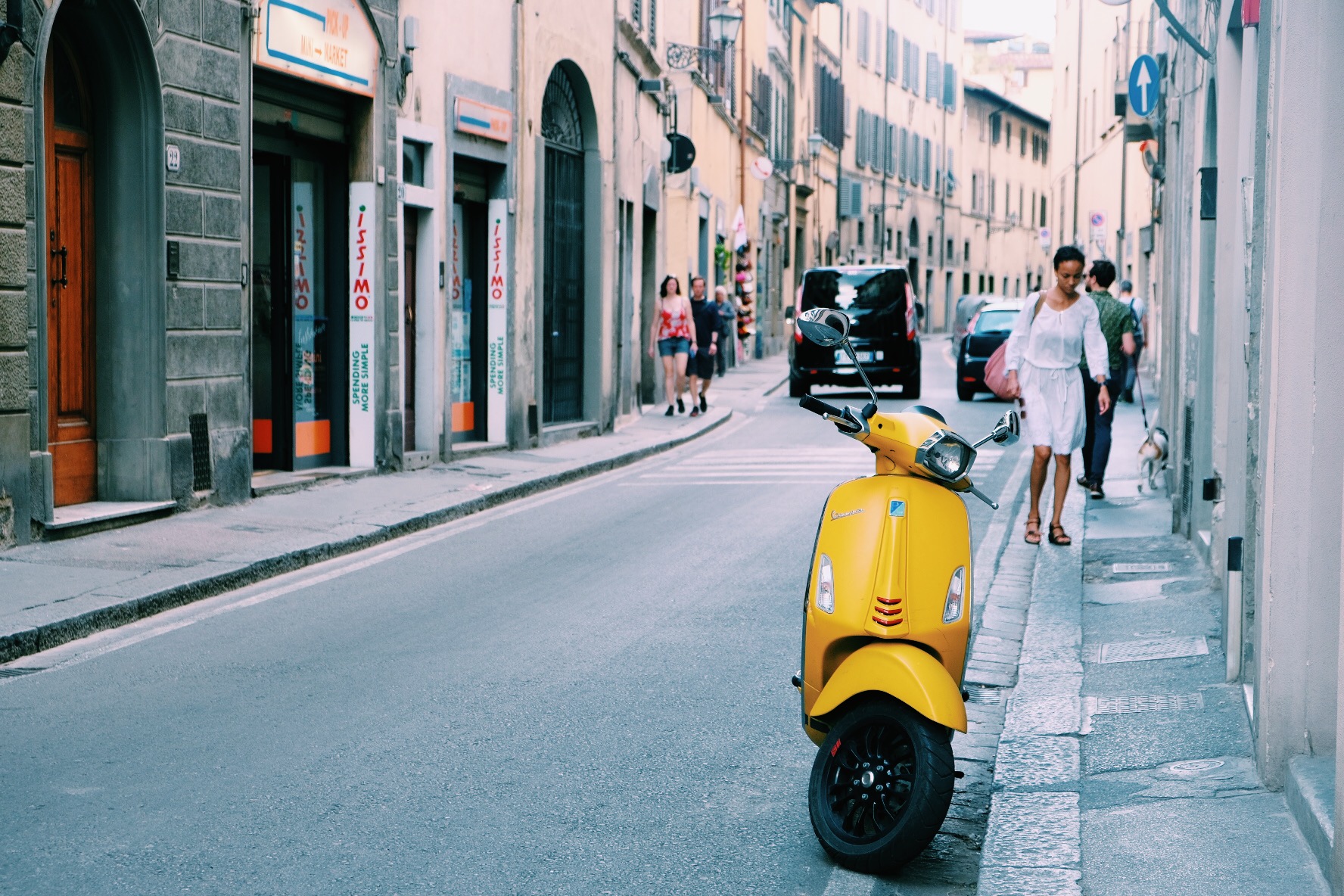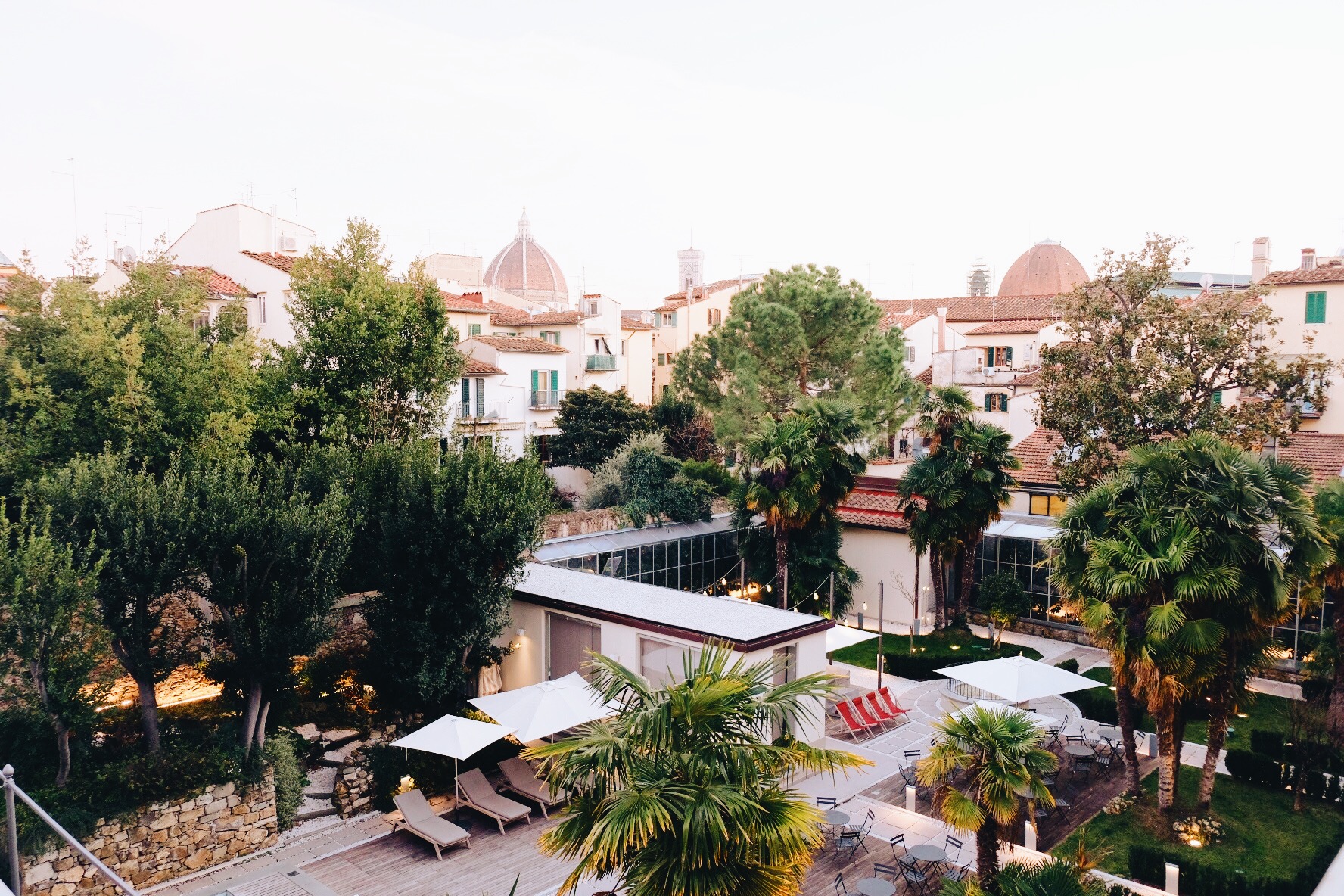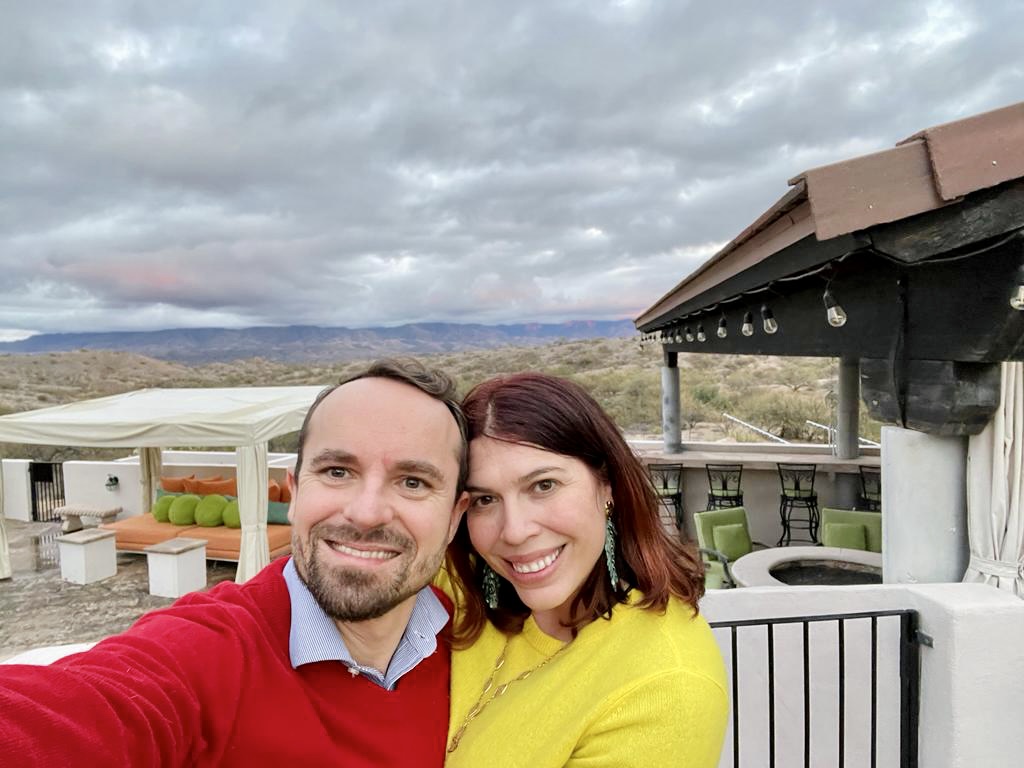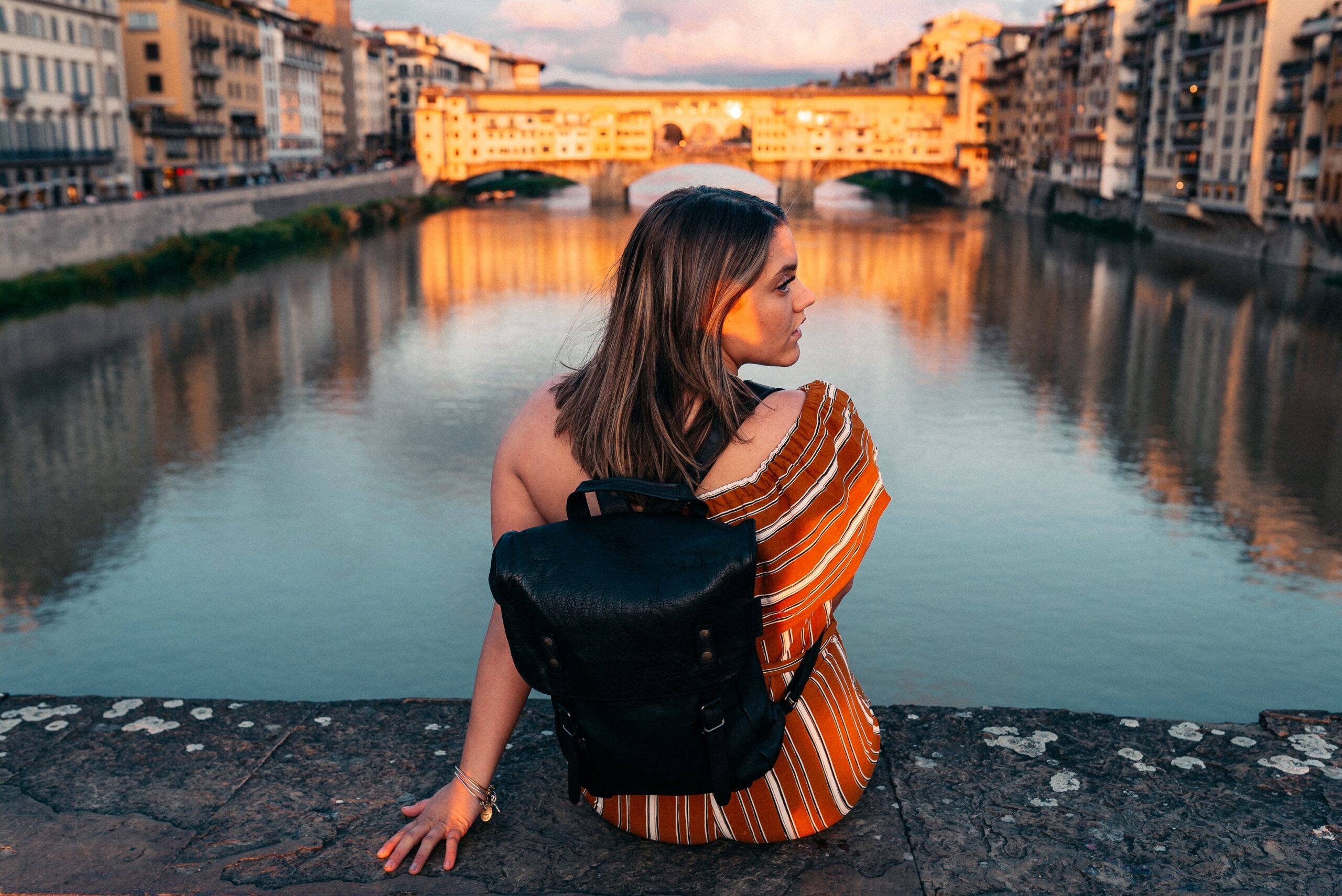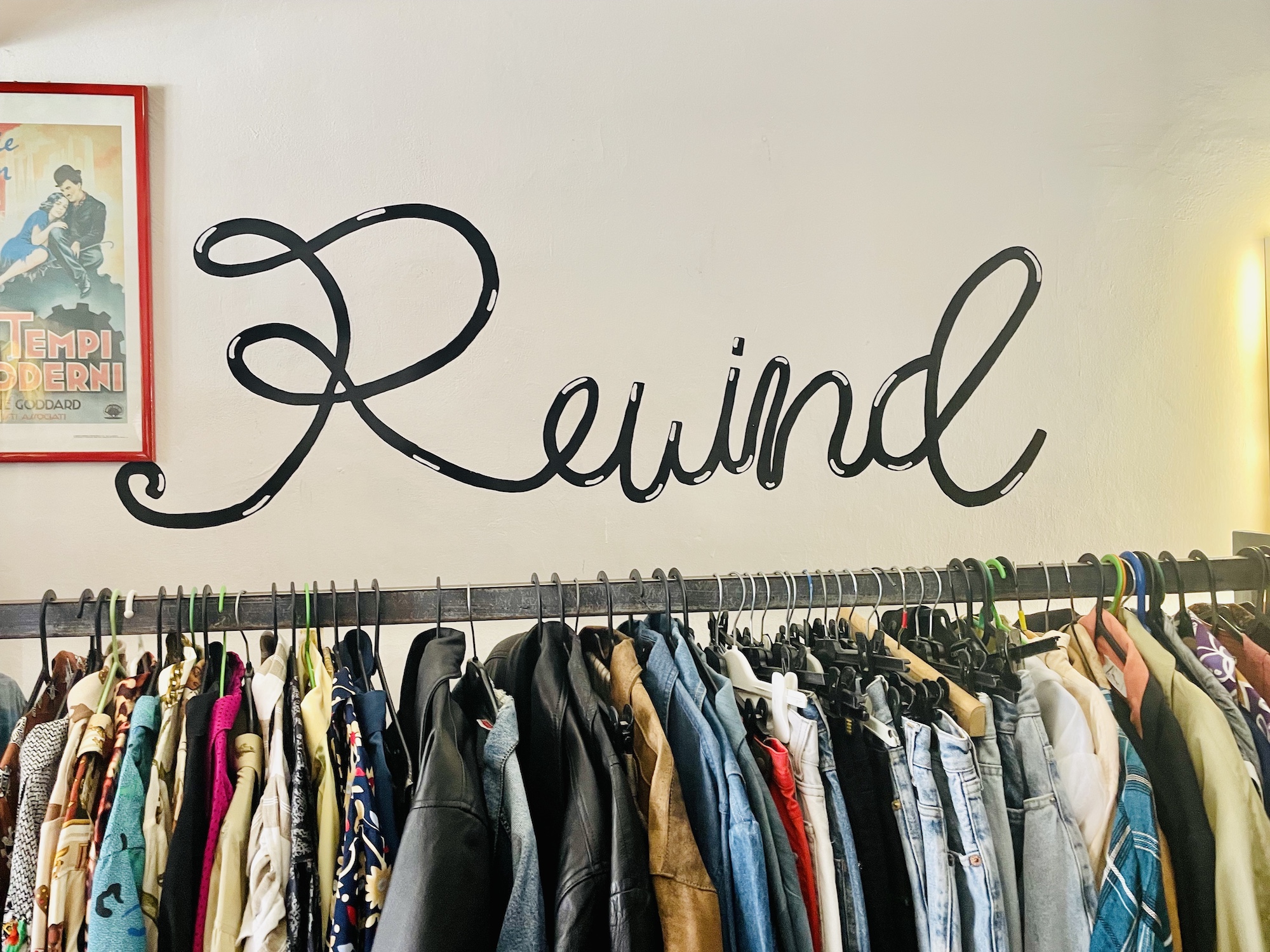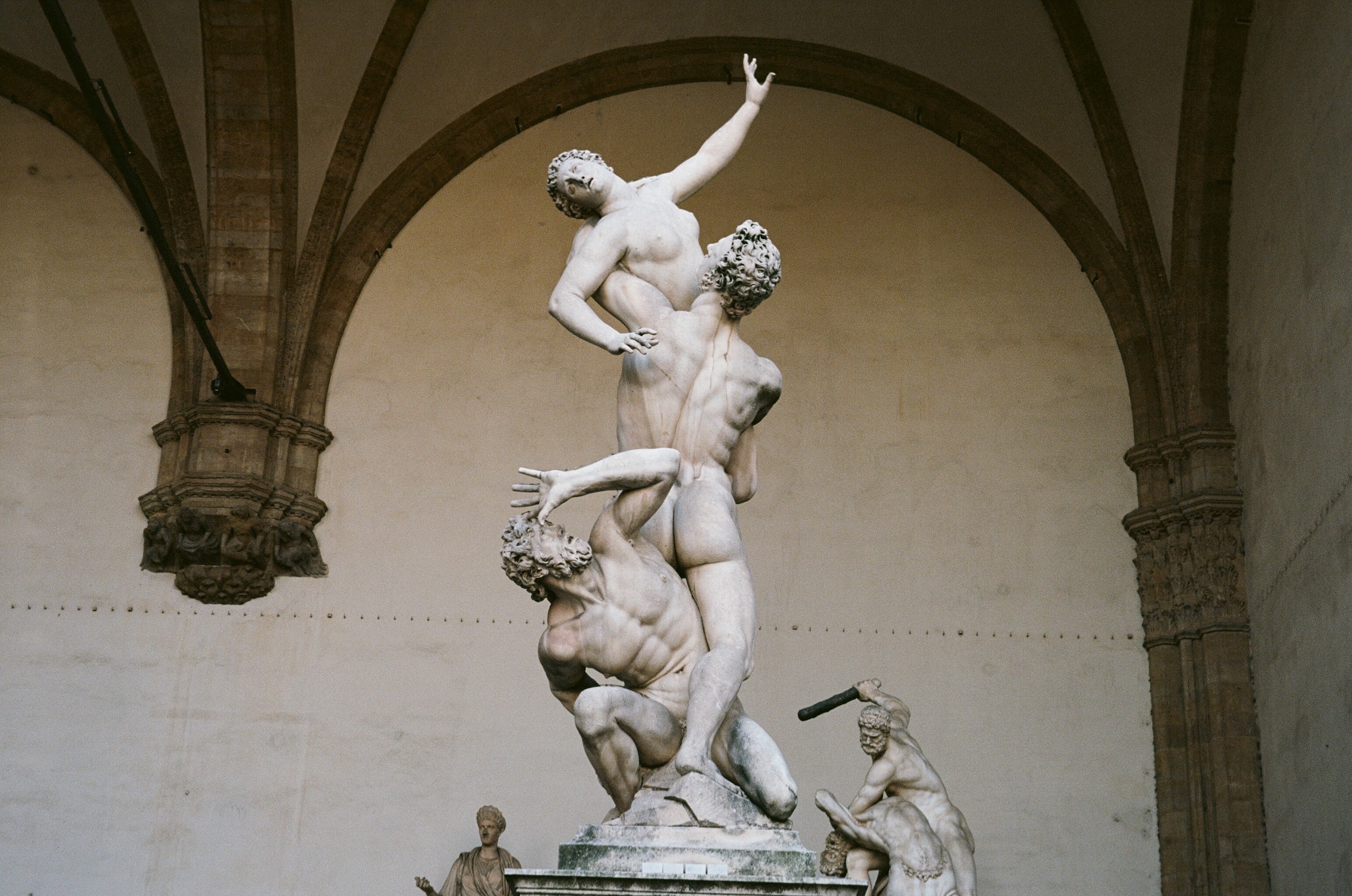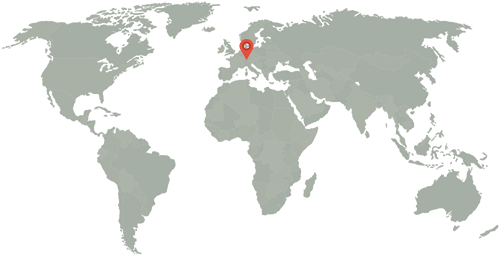Feature photo credit: Carlotta Nucci
We may be barely kneedeep in 2021, but it already feels like the longest year of our lives in so… many…different ways.
There is light at the end of the tunnel, of course, and I am as you know, an eternal optimist.
At the same time, when talking to my fellow freelance/small business pals in Italy, it feels as if we’re all immersed in the same blurry fog mindset of trying to keep motivated, procrastinating, short bursts of energy simply just attempting to go on with what can be done work-wise during a period that is anything but predictable.
Easily-used phrases like “keep positive, embrace reinvention and pivoting” can be triggering for many folks right now who are mentally strained with the burden of it all. However, that doesn’t mean you can’t get excited by trying a new thing. I attest to the belief that we humans (especially right now) need to feel all of the feelings, good and bad, rotten and sour, realistic and unrealistic.
One outcome of having more time on ones hands right now is that I know a lot of people who also want to embrace a more creative side.
Perhaps they have always kept a journal or jotted down notes from time to time during their travels or while reading a really good book. Maybe you’ve always dreamt of taking a writing course but didn’t feel like you were good enough? I can relate.
This is where Mary Gray comes into the picture.
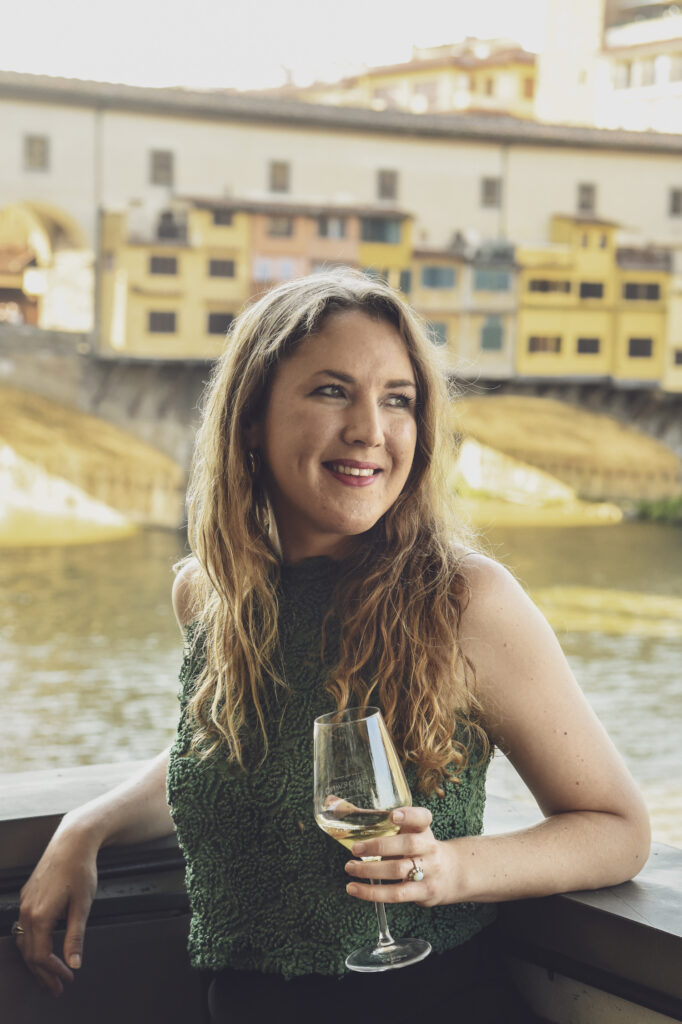
I’ve known Mary for several years in Florence, Italy, and have always highly respected her work, first as associate editor of The Florentine and for her freelance writing projects and her recently published book “Rental Diaries: Thoughts From My Four Walls in Florence.”
She is a woman of our times, one that is witty, honest, and willing to bare her soul. Since I happened to see that she was offering writing courses in the virtual sphere, I knew I had to share this on the blog and I also took the opportunity to pick her brain about Florence, what got her into the written word, how the pandemic has changed things and a heck of lot more.
Everyone needs to know a person like Mary so I know you’ll enjoy this too.
…………………………
Mary, can you tell me more about you, your connection with Florence and when you first had an interest in the world of writing?
Happily! Thanks so much for this opportunity, Georgette.
I grew up in Mississippi and went to Sewanee: The University of the South. While studying, I had the good fortune to spend a semester in Florence. I’d always been interested in travel and dreamt of being a flâneuse before I knew the term (thanks, Lauren Elkin-by-way-of-Baudelaire—read her book, everyone!). But I first caught the Florence bug from my 11th-grade art history teacher; her course planted the seed for me to study here in 2010. Post-college, I returned to Italy, planning to stay in Rome for 10 months as an au pair and Italian student. Fast forward through nearly a decade’s worth of (mis)adventures and marche da bollo and I’m still in Italy, working as a writer-journalist, media studies and writing instructor, and editorial consultant.
I can’t pinpoint when I first got interested in writing; I just always did it as an outgrowth of all my other interests. What I remember is being a little girl who wanted to explore everything and meddle in everyone’s business and then tell the whole world about all of it.
Writing was a natural way to engage that.
For my whole childhood and adolescence, my dad was a pensive newspaper editor, and my mom a gregarious community connector in ex-lawyer’s clothing. We had a typewriter where I’d churn out family newspapers about household “dramas,” and I had diaries where I’d riff on playground gossip, scribble fiction, and hatch schemes.
I don’t think I consciously aspired to be a writer or journalist until I started doing it in my early twenties. Yet I’d always harbored hopes to be some kind of artist, a title that feels claimable when other people assign it to you, but oddly embarrassing to use for yourself. My family moved to a new house when I was seven, and my parents stayed friendly with the young couple that bought our old one. Within a few weeks of settling in, this couple had turned the kitchen walls an electric lime green, and had set up a studio for the painter-illustrator of the pair.
I remember thinking, I’m going to be an artist when I grow up so I can do ANYTHING I WANT, like painting my kitchen lime green! Sounds ridiculous, but it was a revelation. So thank you, Sarah Frances and John Hardy! I still feel squeamish calling myself an “artist,” but your bold choice of kitchen paint changed my life.
How has your writing evolved over the years? I remember those notes from your childhood posted on Fb hehe.
Ha! Those are fun to revisit.
The immediate difference that springs to mind is that I don’t attempt fiction anymore. Maybe one day!
One way my writing hasn’t changed is in its balance of looking inward and outward. (Okay, fine, there’s disproportionate looking inward, or just backward at my own experiences.
Navel-gazing is in my nature, but I don’t think that’s all bad). I try to consider how my experiences might shed light on something larger, aiming to do what Meghan Daum calls “putting it out there versus letting it all hang out.”
Beyond the first-person narrative, the more journalistic features I like to write are the same kinds I like to read, and they’re similar to my childhood writings in the breadth of interests they reflect.
I love culture- and travel-themed deep dives; profiles where the writer goes wild, probing subjects earnestly without placing them on pedestals (see: Taffy Brodesser-Akner on Gwyneth Paltrow, or Sam Anderson on Rick Steves); fashion stories where fashion speaks to something greater than the sum of its parts (Robin Givhan is a reporter-critic I love for this); food stories that manage not to feel like Food Stories™; pieces that riff on weird rituals or pop culture micro-themes; stories that speak to how histories and identities play into daily life; yadda yadda yadda, you get the idea.
For a while, I internalized this idea that there were basically two ways to be a writer-journalist: like, either you’re a mega-intense frontline war correspondent who speaks the truth and takes names but is no fun and has no friends, OR you’re a frothy PR poodle-pawn who has some fun, but no soul. I didn’t want to be either of those! But on some level, I was drawing those false, simplistic divisions, and felt confused about where I’d fit.
I’ve reframed my thinking by, one, growing up a bit, but also by taking loose inspiration from philosophies like Tina Brown’s (which I discovered via the British journalists-authors Dolly Alderton and Pandora Sykes).
Brown was the ‘80s editor of Vanity Fair who coined the phrase “high-low journalism.” The idea is that there’s room, even a need, for both the trivial and the political in the public forum, and, more broadly, that “serious” topics can be laced with levity, and “lighter” topics given real gravitas.
One Umberto Eco-penned piece of wisdom nicely complements this: in a guide he wrote on how to craft an undergraduate thesis, Eco advised approaching “a contemporary author as if he were ancient, and an ancient author as if he were contemporary.” Some approximation of these ideas is, I think, the basis for how I try to approach both my writing and my life.
How have you been able to incorporate Florence and Italy into your writing?
Living long-term as a transplant to Florence (and Italy as a whole) means you’re never lacking for stories to tell—you know this better than anyone, Georgette! Sometimes it’s hard to generate ideas when you’re stuck in routine (or living the Groundhog Days that make up life in #CoronaTimes). But usually, getting back on the horse is a matter of looking at things with fresh eyes again.
I think back to my undergraduate semester in Florence when I wrote stories gratis for a now-defunct, student-y news bulletin. Some of my articles were the peak of cringe, but my eagerness to explore and understand was clear. When the Camera Nazionale della Moda Italiana denied my request for a student press pass, for example, I hopped on a train to Milan, alone, to crash fashion week shows.
The piece I wrote was so embarrassing, but my chutzpah was something I’m trying to rediscover! Writing articles like that made me fall in love with the idea of being a foreign correspondent, even though I wasn’t sure how one did that. But after getting past a few gates I wasn’t meant to get past, I saw that one way to “do that” might be to just… start doing that.
Technically, I didn’t do “foreign correspondence” in my first real writing job with The Florentine magazine, since the publication is local, but with all the readers we had in the US and UK, it sometimes felt like it!
I was an associate editor there for over five years, but the team was so small that I did more writing than editing. I got the chance to pen so many Florence-anchored stories in a range of styles and formats, for a range of purposes: feature articles, news blurbs, profiles, personal essays, listicles and best-of roundups, advertorials, even voiceovers for videos.
I wrote so much, but the thing closest to my heart is my column-turned-book “Rental Diaries”, on apartment living in Florence and, to quote the back-cover blurb, “the unexpected sweetness of building a home when you’re unsure where or what ‘home’ really is.”
The column ran for 30 volumes before being compiled into Rental Diaries: Thoughts from my Four Walls in Florence, published by The Florentine Press in July 2020! Holding the book in my hands and celebrating with friends in last summer’s brief Covid reprieve was a life-affirming experience amid the shitstorm (if you’ll pardon the term).
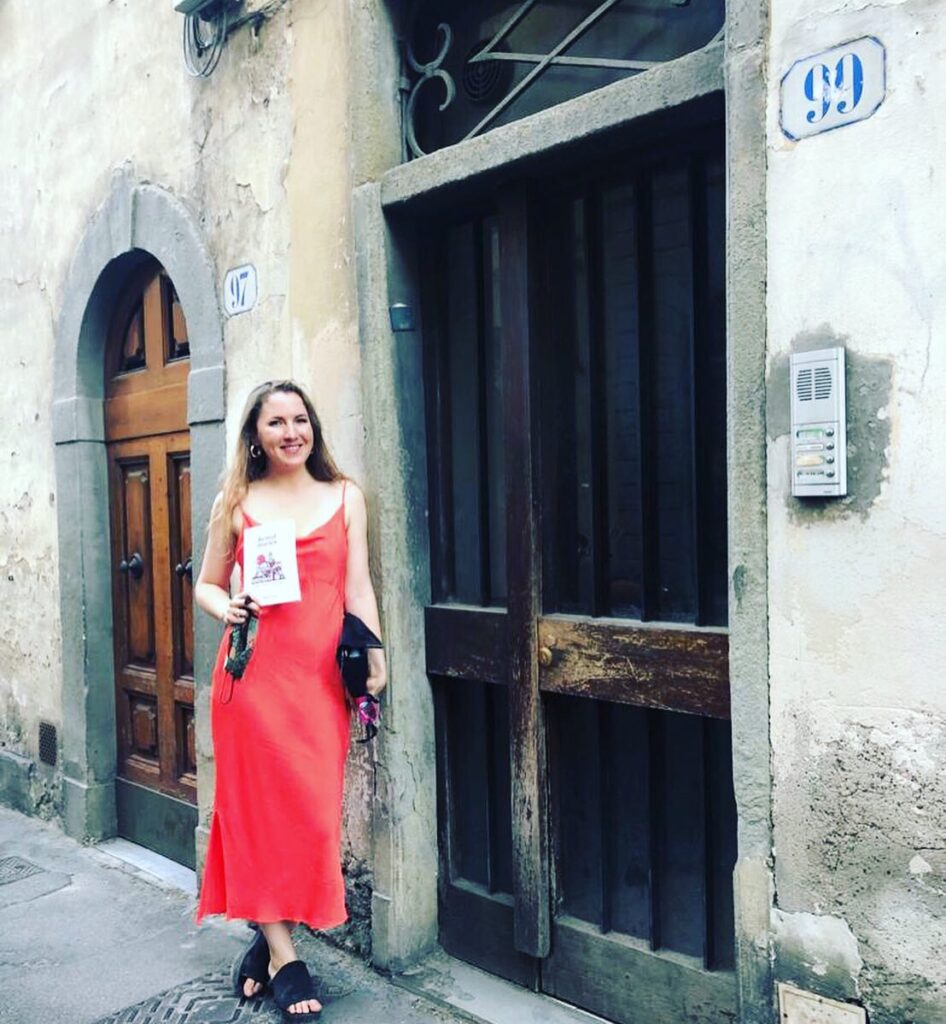
The pandemic has hit all of us quite hard, especially financially, can you share a little bit about how you’ve handled everything personally?
2020 was gut-wrenching. The loss and fear and existential dread still feel enormous, and I have been lucky: I’ve held onto my health, my loved ones (minus my dog, who I lost in August), and some of my work. Right before Corona came along, I was starting to find my stride as a full-time freelancer.
I’d landed a longish-term guidebook project, gotten my first big-ticket byline in The Washington Post, and was excited to be teaching Fashion Media and Travel Writing courses for a couple of university programs. My “brilliant plan” was to teach for my semi-steady gig and to spend the rest of the workweek writing long-form journalism and pithy personal essays, popping champagne bottles, and riding unicorns off into the Tuscan sunset. (Okay, I was slightly more prepared than that, but through all the “what-ifs” I pondered before choosing self-employment, I can’t say “lethal virus taking the world by storm” ever came up).
As Covid became a conversation topic, I was humoring my hypochondriac friends and washing my hands more often than usual, but that was it.
Slowly, though, the university programs I was working with started sending out faculty directives for handling student concerns. I assumed this was to placate “helicoptering” parents, some of whom were already pulling their kids back to the US. But at midterms, when all the home campuses started repatriating the students, I started to “get it”. Like, oh, okay, Covid is going to be a Before/After marker.
No one knew—or knows—what shape the After might take, and I pretty much fell into a pit of despair once the novelty of lockdown wore off. I was grateful to still be teaching remotely, which gave me purpose and paid the rent. But with all the illness and ickiness and iasdjgag123hfjka4dgadj (my brain on Covid), I found it near-impossible to devote time to writing and pitching.
I’d love to get better at “distraction by doing,” but my go-to method looks more like, “I’m going to splay out across the couch drowning in my emotions.” (See: big Libra, ENFP, Enneagram 4 energy).
Post-lockdown, I spent the summer pulling together piecemeal gigs, promoting my book, and enjoying safe(ish) time with friends, some of whom have become more like family amid all this. And then came September’s rientro season, but with 2020 twists: the cancellation of a handsomely paid project with an exciting new client, the second Covid wave, and the stark reality that there wouldn’t be study abroad work available for quite some time.
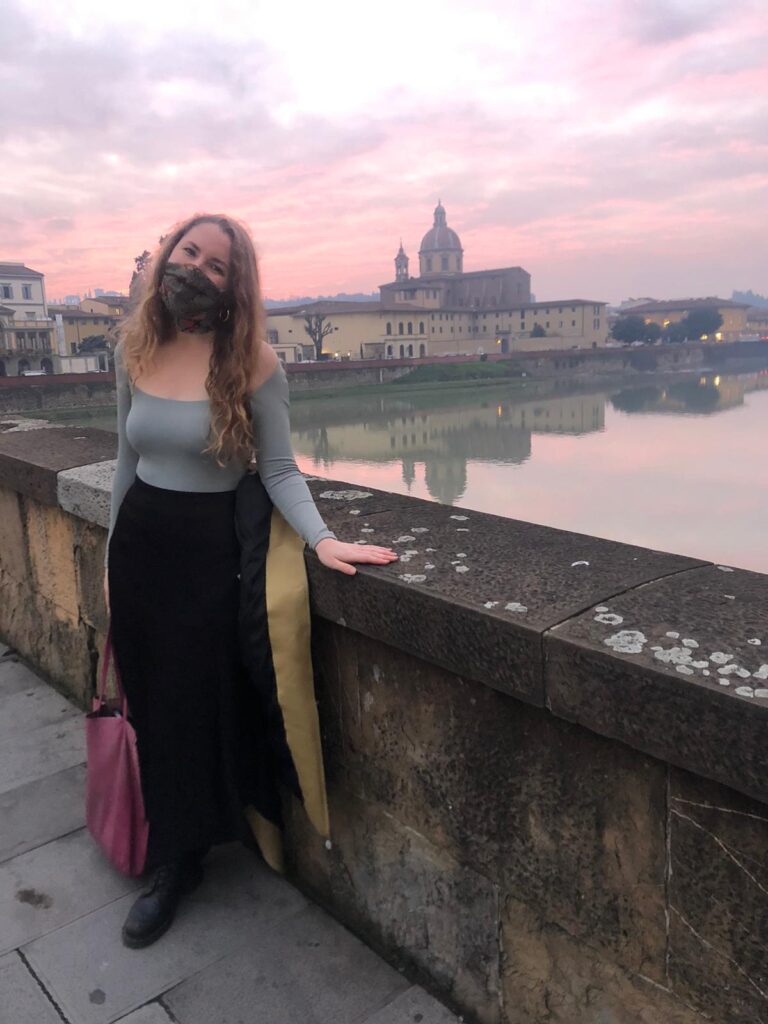
It was the kick I needed to summon the “doer” energy I lacked during the spring. So I finalized my application for Italy’s Foreign Press Association, worked on fine-tuning my journalism and writing goals for 2021, and, finally, created the blueprint for—and launched!—my own virtual writing course on the art of the personal essay.
I admire your honesty about handling the shit pie that the pandemic has handed many freelancers. Tell me about the latest course/services you are offering virtually.
Yay! So the name of the main course I’m running is “Crafting personal essays that compel (and sell).”
We focus on the short first-person narrative essay form because it allows for such fun and flexibility. Personal essays (which aren’t always “confessional”, I’d like to note) have a dual appeal for newbie and veteran writers that I appreciate.
For the inexperienced, they feel approachable, which is crucial; for the more experienced, they’re a voice playground, and a cool chance to put names to things that we may not get to in, say, journalism, or even in fiction.
This class does what it’s designed to do if it sparks a student’s desire to write or to keep writing, even if said student’s essay doesn’t go viral, or win a Pulitzer (magari!), or even get published.
I’m so much more interested in planting a seed than in having students craft one by-the-book essay, place it in a brand-name outlet, and then never write another word in their lives. “Sell” is in the course title because I do offer some practical info on publishing strategies, but the word’s in parentheses for a reason.
Relatedly, I’m really intentional about keeping the groups tiny.
Zoom’s been a godsend this year, but it can also be such a drag. To keep everyone from just staring back at their own faces (don’t we all do it, or am I just vain?), I knew I’d need to limit the numbers, so I cap my standard course at four students and one instructor. You really can’t do an effective writers’ workshop with large groups, especially in a virtual setting.
As for timing, format, duration, and pricing: I haven’t firmed up dates for the next standard run of the course, but it’ll be ongoing throughout the year, and consists in four “heaping 90-minute” Zoom sessions (measure “heaping minutes” like “heaping tablespoons”)!
They’re generally held Sundays at 7-8.30pm GMT+1 (Rome), depending on demand. The cost for an individual signup is 160 euro; write me verymarygray (at) gmail (dot) com if you’re interested.
The Zooms are a mix of lecture, workshop, and conversation.
Between meetings, students work on their drafts, do some light readings, and have access to enrichment exercises. I also make myself available for email brainstorming and feedback during that period. Think “professor’s office hours,” but your professor is a babbly blonde Mississippian who lives in Italy and loves to cheer you on, so totally unintimidating!
What might appeal to some of your readers, Georgette, is a 350-euro group registration voucher that I’m offering, valid through February 28th, 2021 and redeemable any time in 2021 for tailored-to-your-schedule sessions.
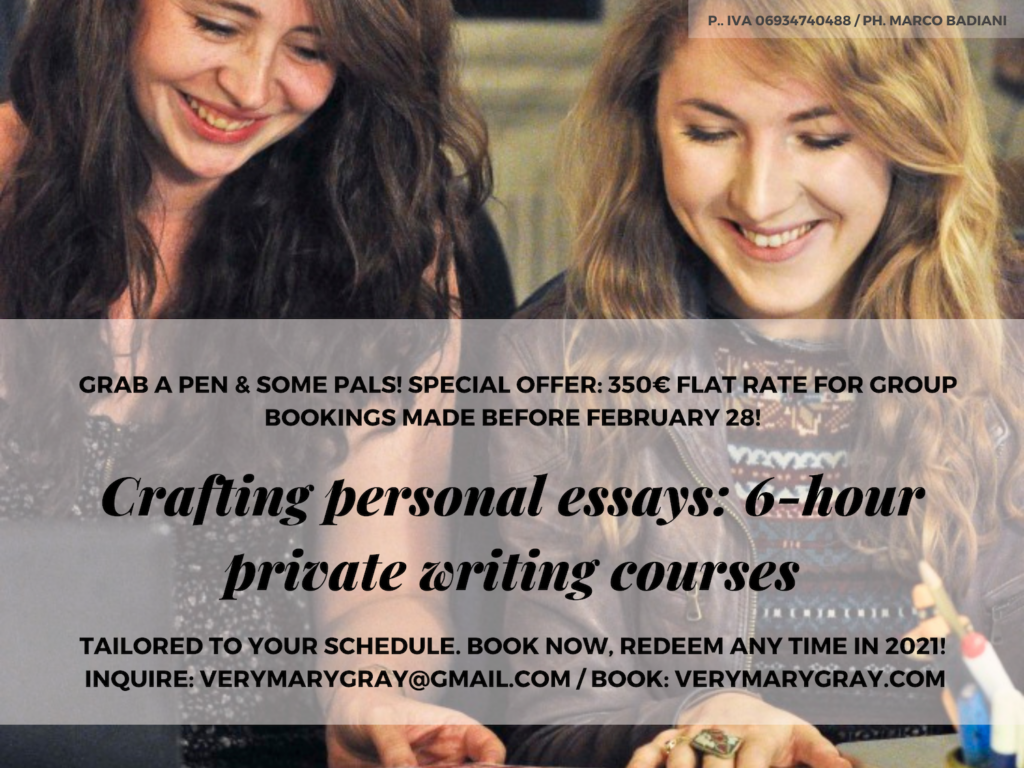
A “group” could be anything from a pair to a trio of far-flung university friends to a 6-person Covid pod. Regardless, 350 euro is a flat, all-inclusive rate (in this case, I cap groups at six; obviously, the smaller the group, the more individual attention).
You get all of the above material I mentioned, as the course premise is the same. The hope is that people who might otherwise be shy to sign up would embrace this model. (Plus, for this more casual setup, I openly encourage bringing wine. Purely for creative flow, obviously).
Course dates and hours are completely tailored to your group’s needs, so it could be held weekly like my standard course, or packed into a marathon “writing retreat.” The special group rate is set to expire February 28th, but you have the whole year to redeem the voucher, and you don’t need to have exact dates in mind when you sign up. Details are on www.verymarygray.com, or you can email me for a non-binding chat or a look at the brochure!
Who is the ideal “student” for this? I know so many people need a creative outlet, so who have you been working with so far?
The ideal student is anyone who wants to obtain or renew their “Paint Your Kitchen Lime Green if You Want To” license!
Put another way, it’s for people of all experience levels who’d like to feel a sense of acute possibility rather than agonizing limitation when embarking on writing, or any creative endeavor.
The people who’ve signed up so far have been open-minded, fun, and insightful, self-critiquing and responding to their peers’ work with such care.
I’ve had students who’ve never written anything that wasn’t for a school project, right up to pro journalists with decades of experience. Groups are the richer for it! While the age range has been impressive (20something to 70something), and the geography all over the map, the groups have been all women so far. That’s a special kind of dynamic, but I’d love for there to be more diversity, and racial diversity in particular.
I’m cognizant that the responsibility there lies with me—to ensure that the promotional materials, as well as the readings presented within the course, make it crystal-clear that everyone’s welcome.
What can the students expect from doing this course?
So the on-paper goal is for everyone to complete a roughly 900-1000 word first-person narrative essay by the time the course ends. (For those who take advantage of the group promo, target length might vary slightly).
But that’s the on-paper goal.
Our meetings are more about building confidence in our voices, examining what various first-person narrative essayists do well, exploring both tried-and-true and less conventional ways of generating ideas and crafting narratives, and offering constructive feedback to each other.
I provide insight into my “process” (in quotes because it tends toward the chaotic). Students can watch me “reverse-engineer” some of my own pieces to show transferable techniques that, truth be told, I often only catch in hindsight. I also share some guidance on publishing personal essays, but that’s not the main focus.
Finishing a piece boosts writerly morale, so we shoot for that.
But without grades to submit or news stories to break, there’s no pressure to get it perfect. That’s true whether you enroll on your own in one of my standard courses, or whether you and a friend or two opt for the 350-euro group promo running through February 28th.
(Hey, I just realized maybe some of you could find each other in the comments here!) My approach to the latter arrangement is super flexible. I know some people are likely to join for social connection and creative activity, sipping vino and spilling ink for fun.
Others might be more intentional about craft, or might have an idea marinating that they’re hoping the course will help them revive. I aim to meet everyone where they are and to be an encouraging presence without being a total Pollyanna.
Do you also offer a la carte services?
Absolutely! Teaching-wise, one-on-one Zoom sessions, paired with written feedback, are a service I’ve begun offering since Covid hit.
As I write this, I’m coming off a three-hour call with a school guidance counselor (funnily enough, a former housemate from Florence). She wanted instruction in how to craft college recommendation letters for her students.
I love helping people add substance-backed sparkle to key “first impression documents”—think cover letters, grad school statements, and the like. That stuff is the worst when you’re trying to do it by yourself, about yourself. It’s good to have a wordsmithing cheerleader in your corner.
I can also run one-off writing workshops and give talks for school groups, book clubs, and businesses. In addition to teaching my own classes, both independently and as part of institutions, I’ve often been a guest lecturer at high school and university programs in Florence.
Students energize me, and I relish those chances to chat about writing, building an international life, and being creative. I’d welcome more of them, both in-person (as regulations permit), or online!
As far as my actual writing goes, these days I’m aiming to focus on journalism, my newsletter (see next answer), and some long-simmering literary projects. But when they’re a good fit, I’m game for copywriting, corporate comms, and Italian-English translation gigs, and encourage potential collaborators/clients to get in touch if you think we’d work well together.
Where can we see and support your work?
You’re the sweetest for asking! I’ve just launched a Substack newsletter, “A Little Bit Contrary”, the title a nod to the Mary, Mary Quite Contrary nursery rhyme.
There’ll be commentary and humor, dispatches from Florence and around Italy, personal riffs, hyper-specific essays I can’t necessarily publish in other outlets, and reading recs.
I’m planning on having a recurring feature, “All the things I read this week instead of my New Yorker subscription”.
That’s inspired by my favorite sport, which is letting the mags pile up until I feel guilty for not reading them all, then feeling guilty for feeling guilty, then needing catharsis, and finally breaking out the Vermentino and diving deep into agony aunt column archives (Ask Polly/Dear Dolly/Dear Sugar), and spamming my lovelorn, world-weary friends with the best lines via WhatsApp. You, too, can have the fruits of my reading delivered straight to your inbox! Ha!
Sign up if you please at http://alittlebitcontrary.substack.com; there’s a limited-access free version, but a $50 annual subscription supports my writing and business ventures directly. I want to remain ad-free so the writing isn’t cramped by commercial concerns, but a girl’s gotta eat, so subscriptions help make the work and research and overhead manageable.
My portfolio website (http://www.verymarygray.com) needs a revamp, but it’s there. And I’m @VeryMaryGray on all the platforms where one can @ me!
On Instagram (http://www.instagram.com/verymarygray) I post new articles and news about my courses (as well as shots from Florentine daily life, silly memes, and shameless outfit selfies).
Rental Diaries is available from The Florentine Press (http://theflr.net/rentaldiariesbook) and from Bezos’ Bad Place. And if you aren’t totally sick of me after all that, my friend Sally Tucker and I have a Super Serious Highbrow podcast called Spritz and Grits.
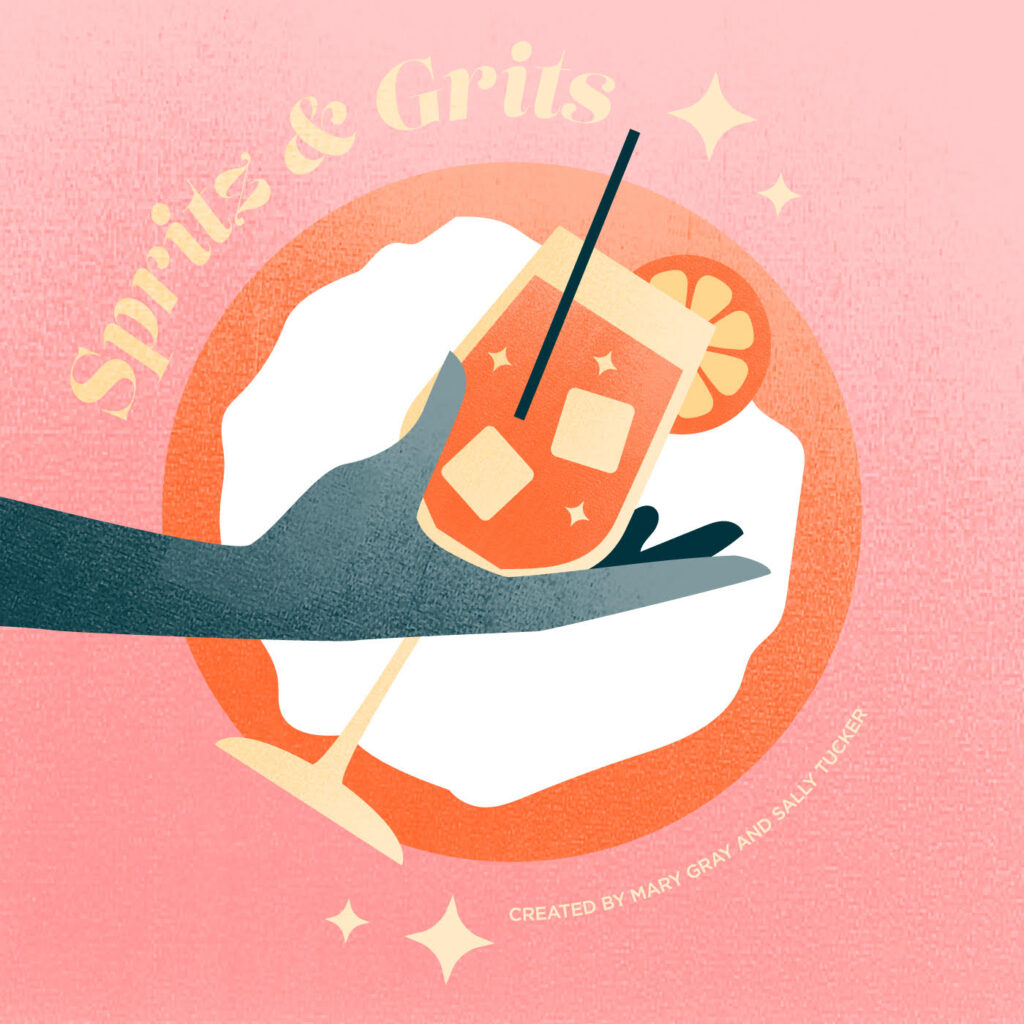
You can listen to us solve all the world’s problems at www.spritzandgrits.com.
Who are the writers that Mary Gray loves – can you share 3 writers you love and three books/short stories you’d recommend anyone read?
Oh my, Georgette! I’ll share a far-from-conclusive little list of writers whose work I value for different reasons.
Nora Ephron is probably my north star. Whether you’re 20 or 102, if you’re a woman, something in I Feel Bad About My Neck will speak to you. But I recommend The Most of Nora Ephron, a tome compiling all her notable work (including, I think, the whole of Neck). Her essay “Moving On” is one of my all-time favorites, and I like to imagine that Rental Diaries has something in common with it. Mama Nora’s remembered mainly for her confessional pieces and her canonical rom-com screenplays, which predated the era when copping to liking rom-coms became, as Mindy Kaling puts it, “an admission of mild stupidity.” But Nora was also an incisive journalist, a novelist, and a film director! She had such a clear and verve-filled voice that came through whatever the medium, and I think that’s what I admire most about her.
As for writers in my age range who are really timely but who aren’t Jia tolentino—who obviously most writers our age worship—Haley Nahman is so insightful.
I shouldn’t pigeonhole her, but the best way I can describe Haley’s writing is “existentialist left-wing millennial intellectual ex-fashion editor explores modern life’s effects on our inner worlds, outer projections, and hard-to-reconcile feelings.”
If I go to Nora Ephron primarily for comfort, I look to Haley Nahman to feel a little unsettled without totally losing hope. Open-ended enough?! She doesn’t have a book, but I’m sure something’s in the works. Until then, her newsletter “Maybe Baby” is worth the subscription.
I’m always reading really New York-y people like those two, but I’m very much a Southerner, and Flannery O’Connor was huge for me, fiction-wise. I love the Southern Gothic sensibility, and O’Connor’s themes of grace and the grotesque.
I read the short stories “A Good Man is Hard to Find” and “The Displaced Person” in college, under the guidance of a professor who paired O’Connor with Nietzsche for this bizarre but brilliant writing assignment we had. O’Connor’s work gets watered down to simple “Catholic morality tales”, but I love her lucid way of looking at the evil in ostensibly “good people with good blood,” and the humanity and tenderness in outwardly ugly and “evil” characters. Plus, the woman raised peacocks!
Thank you again for this interview, Georgette, and for all you do in your communities and in this positive corner of the digital world.

